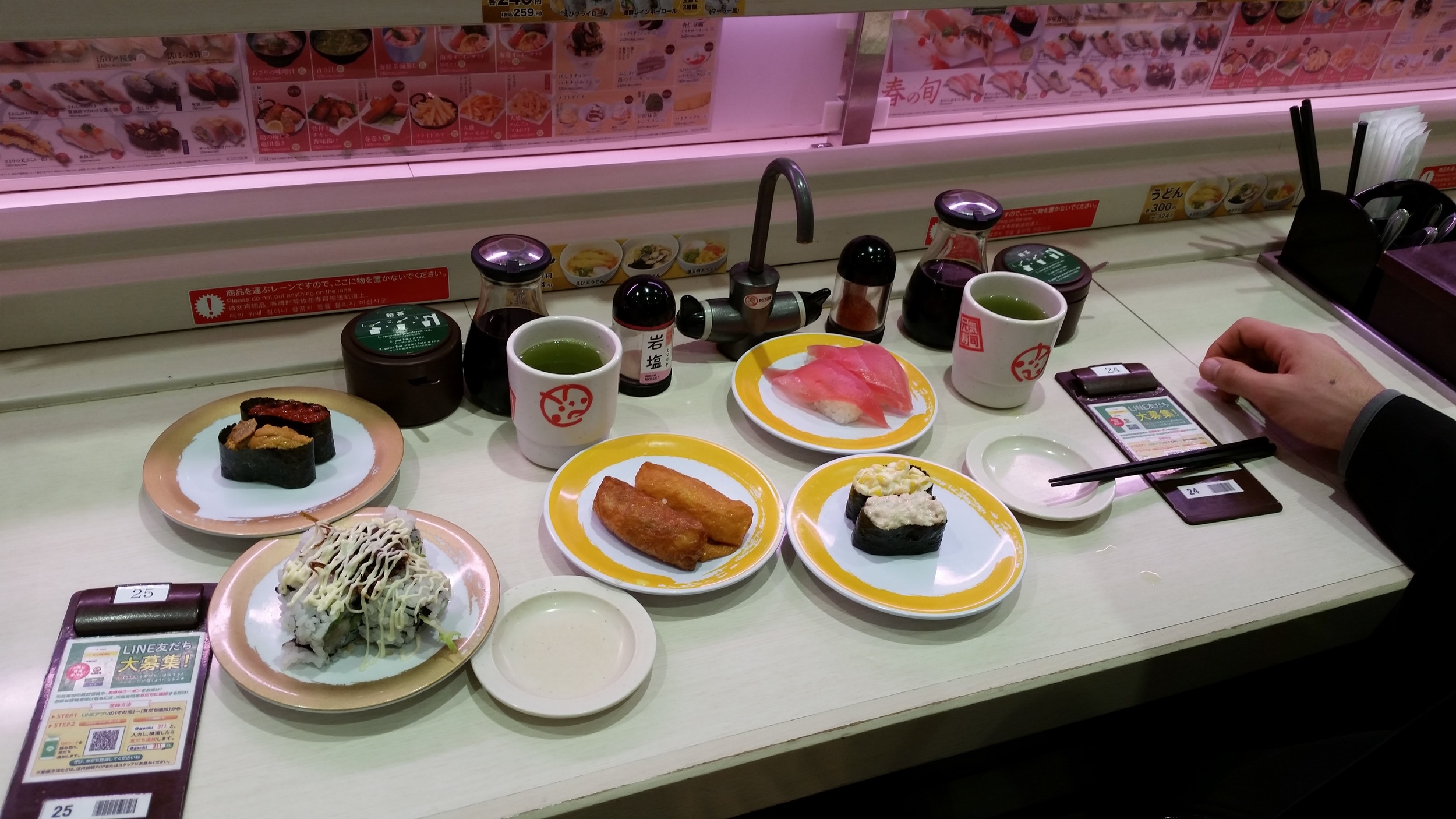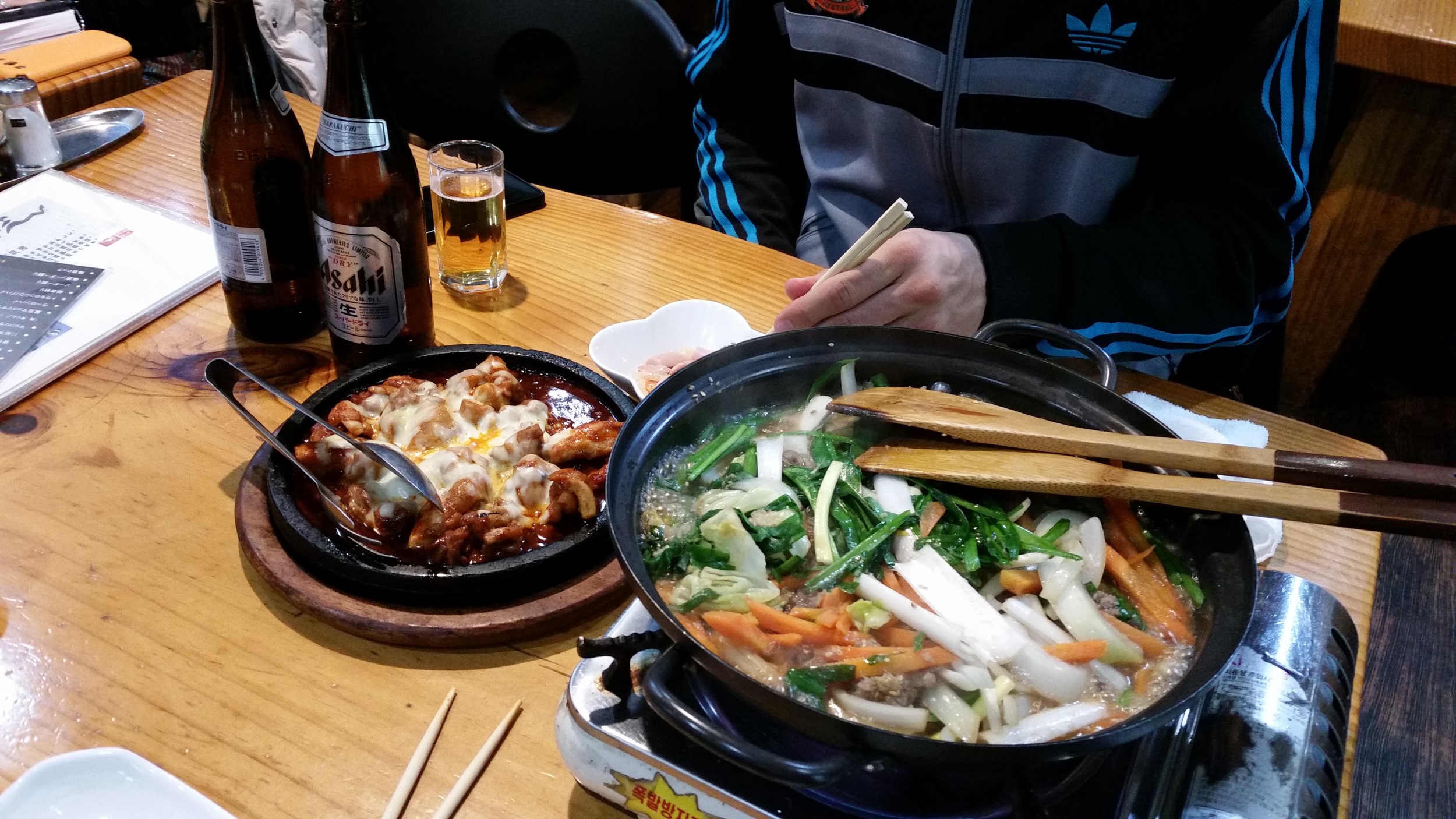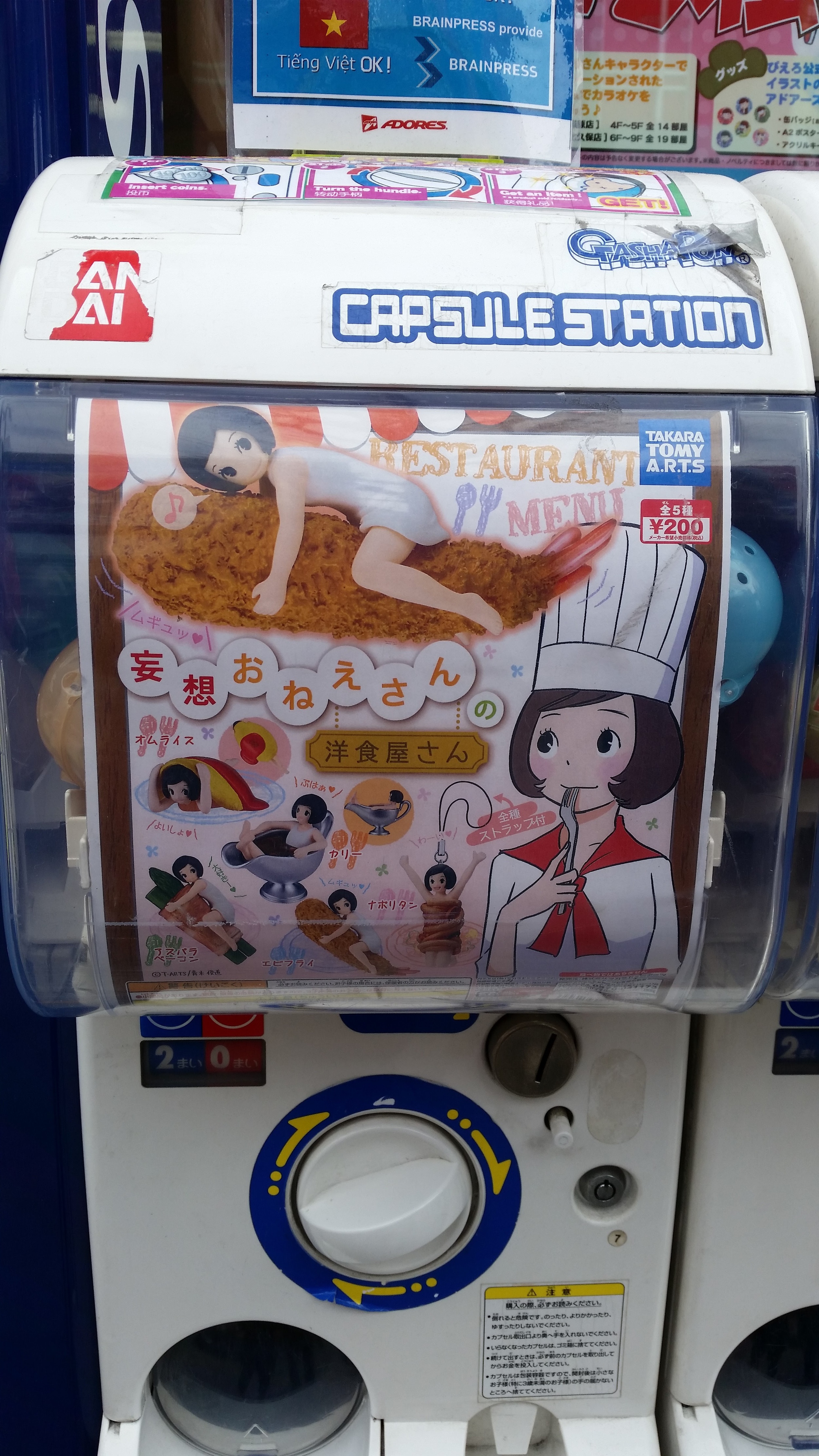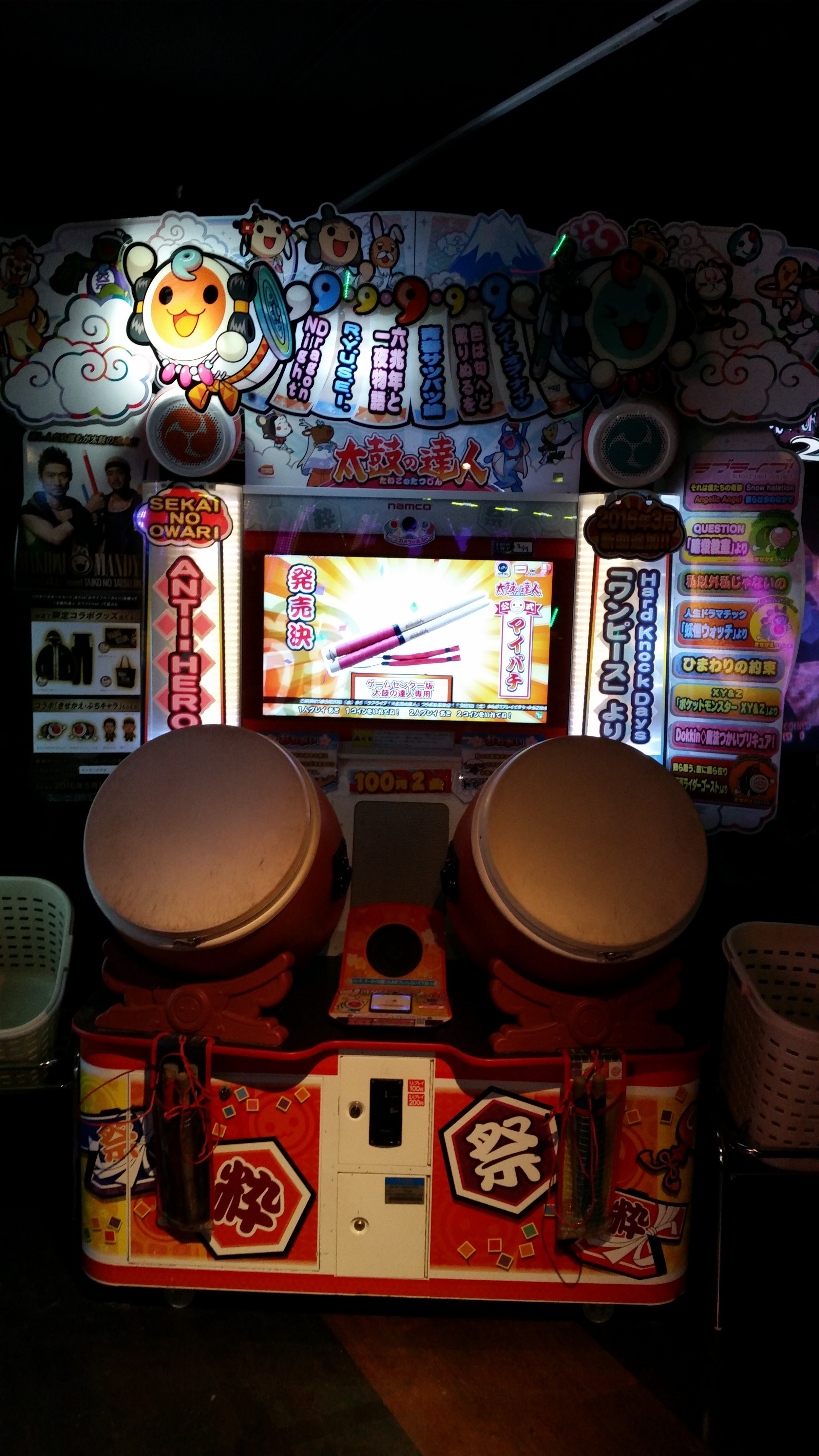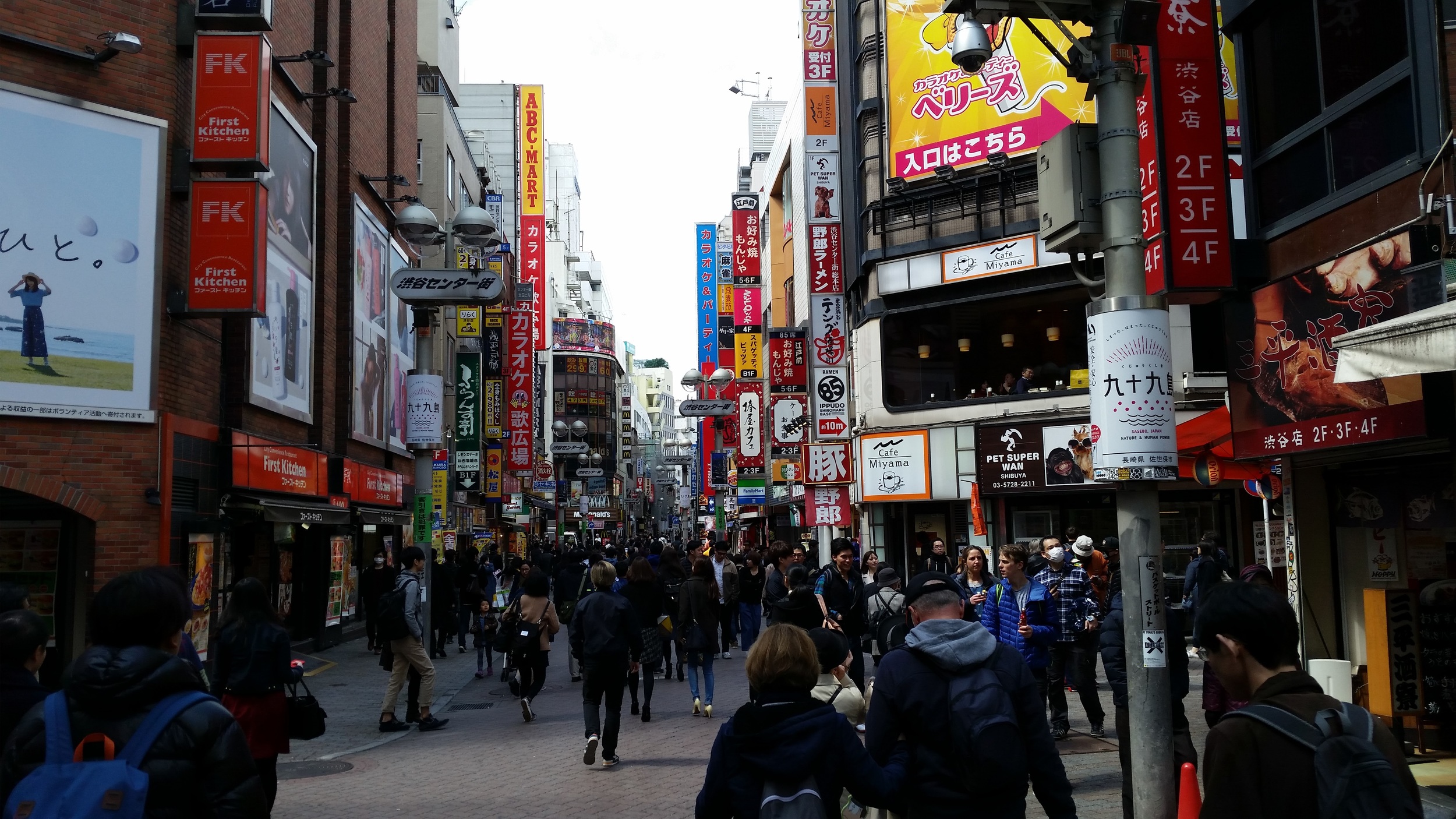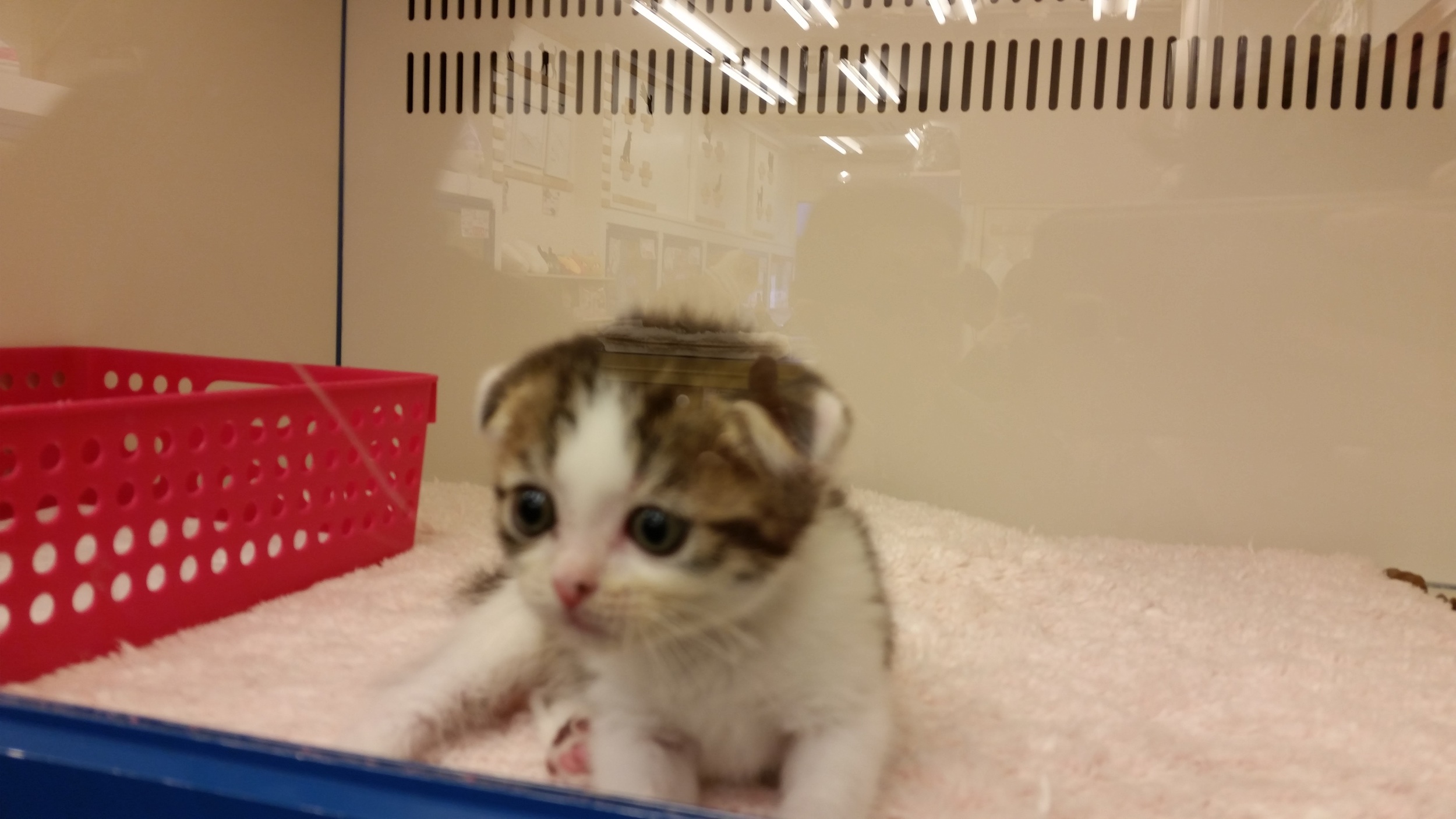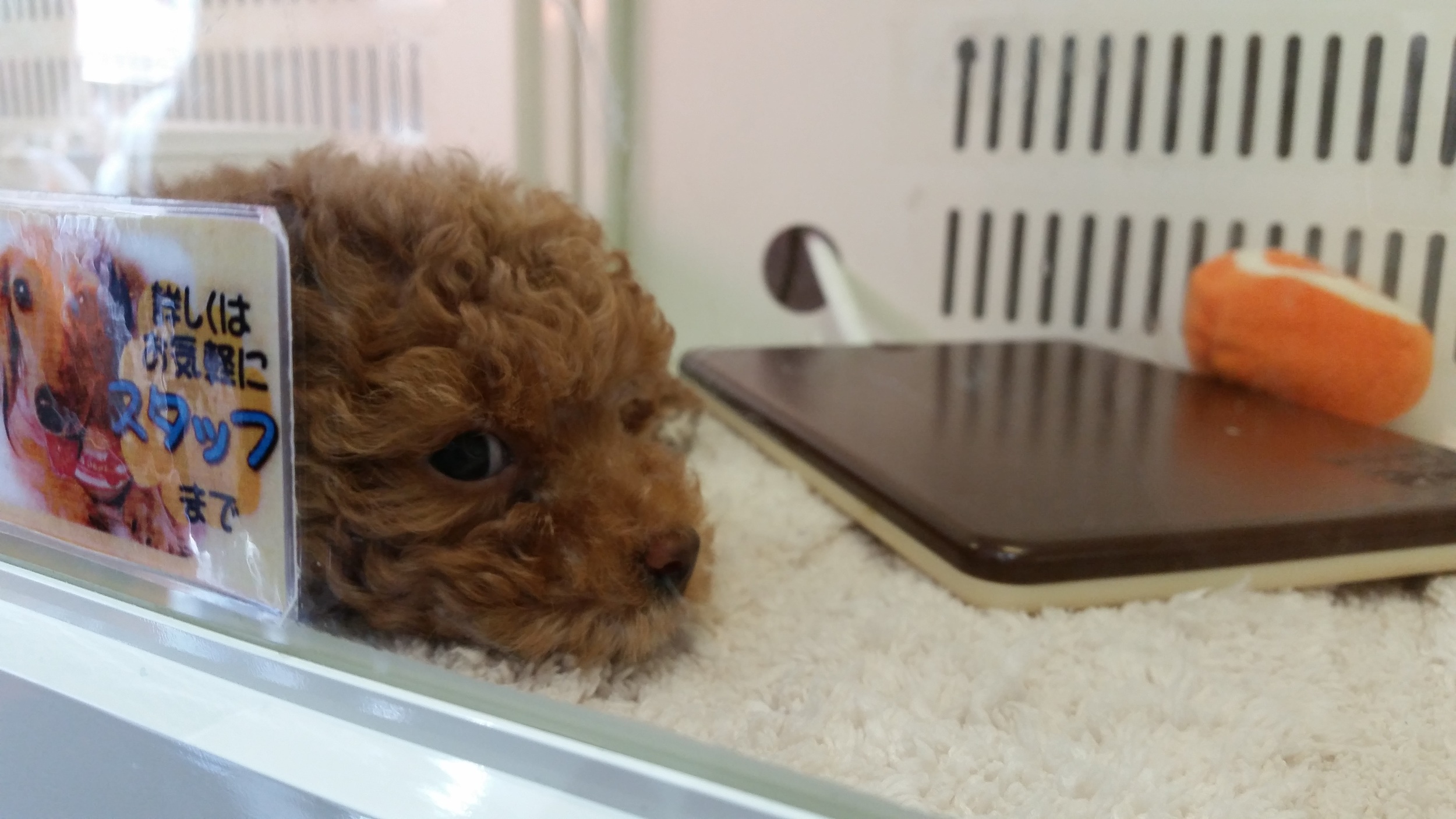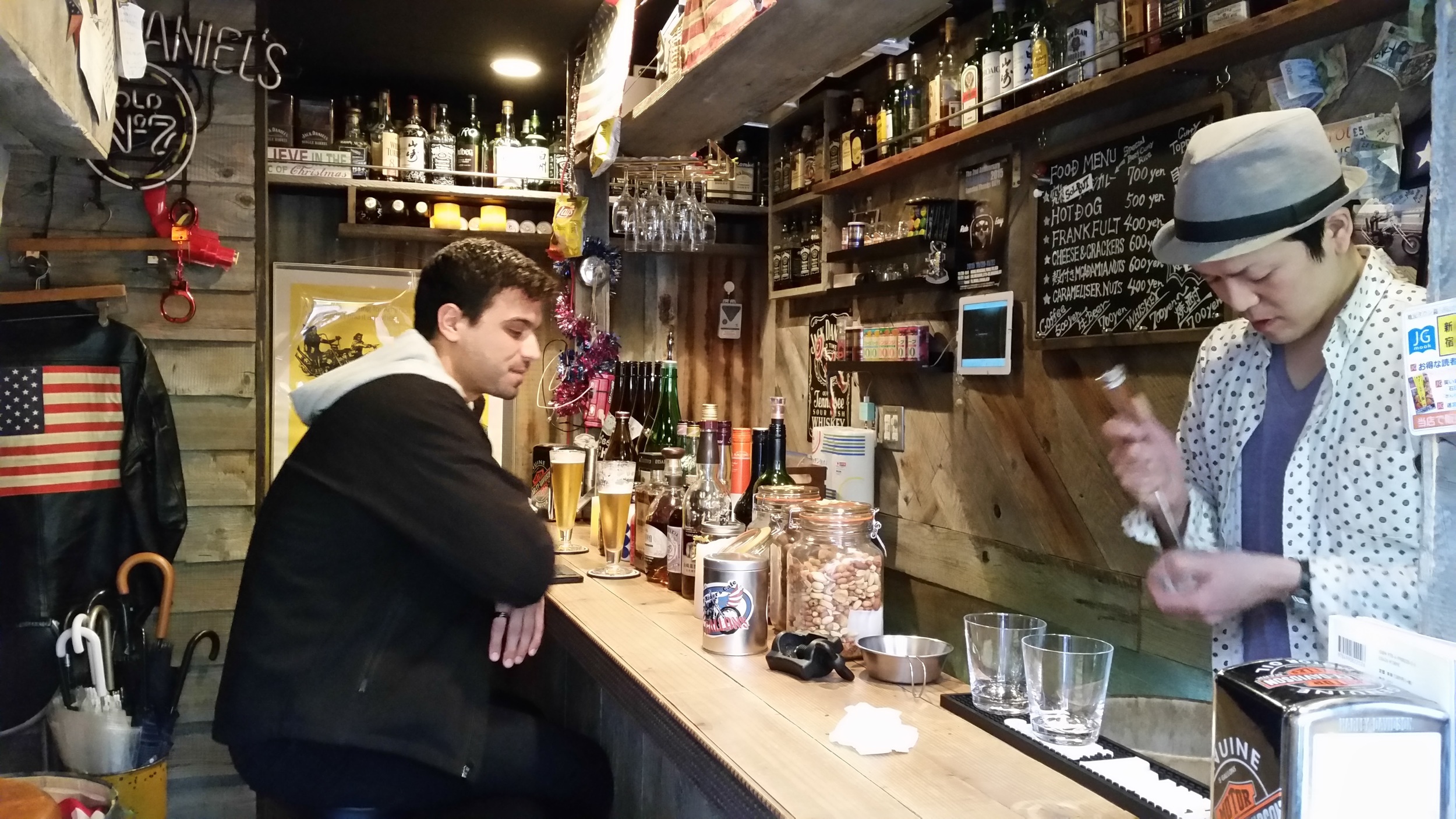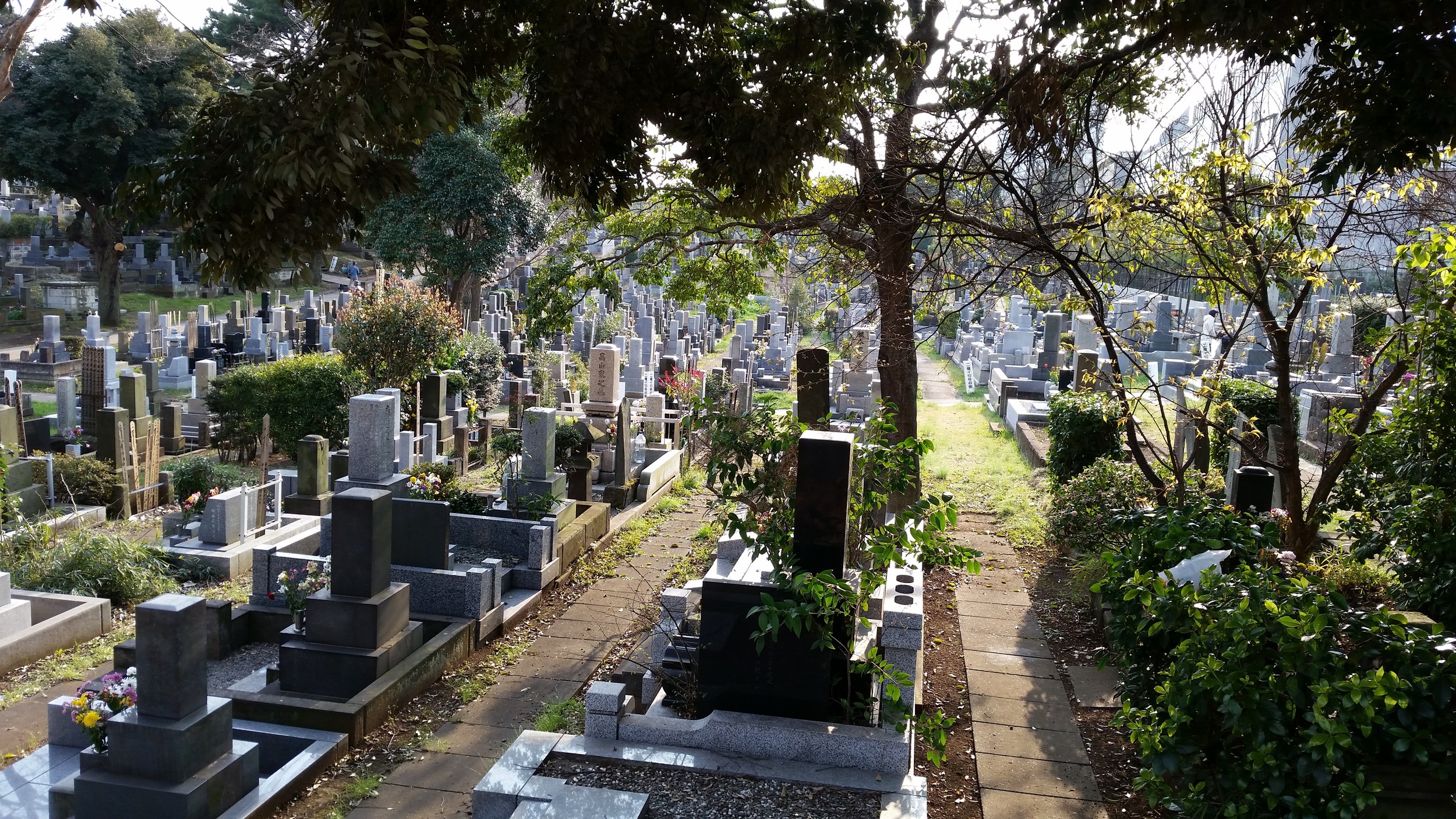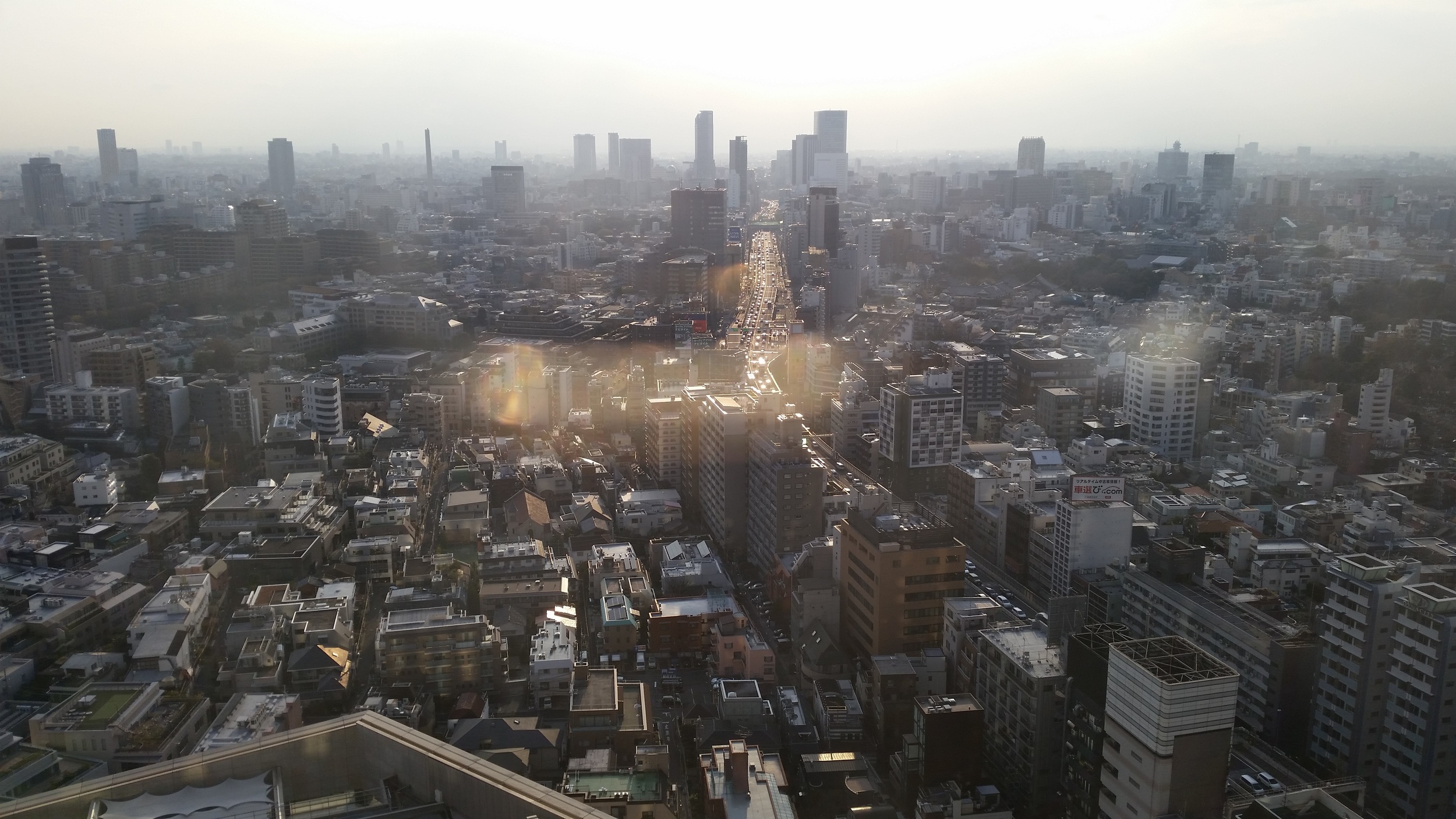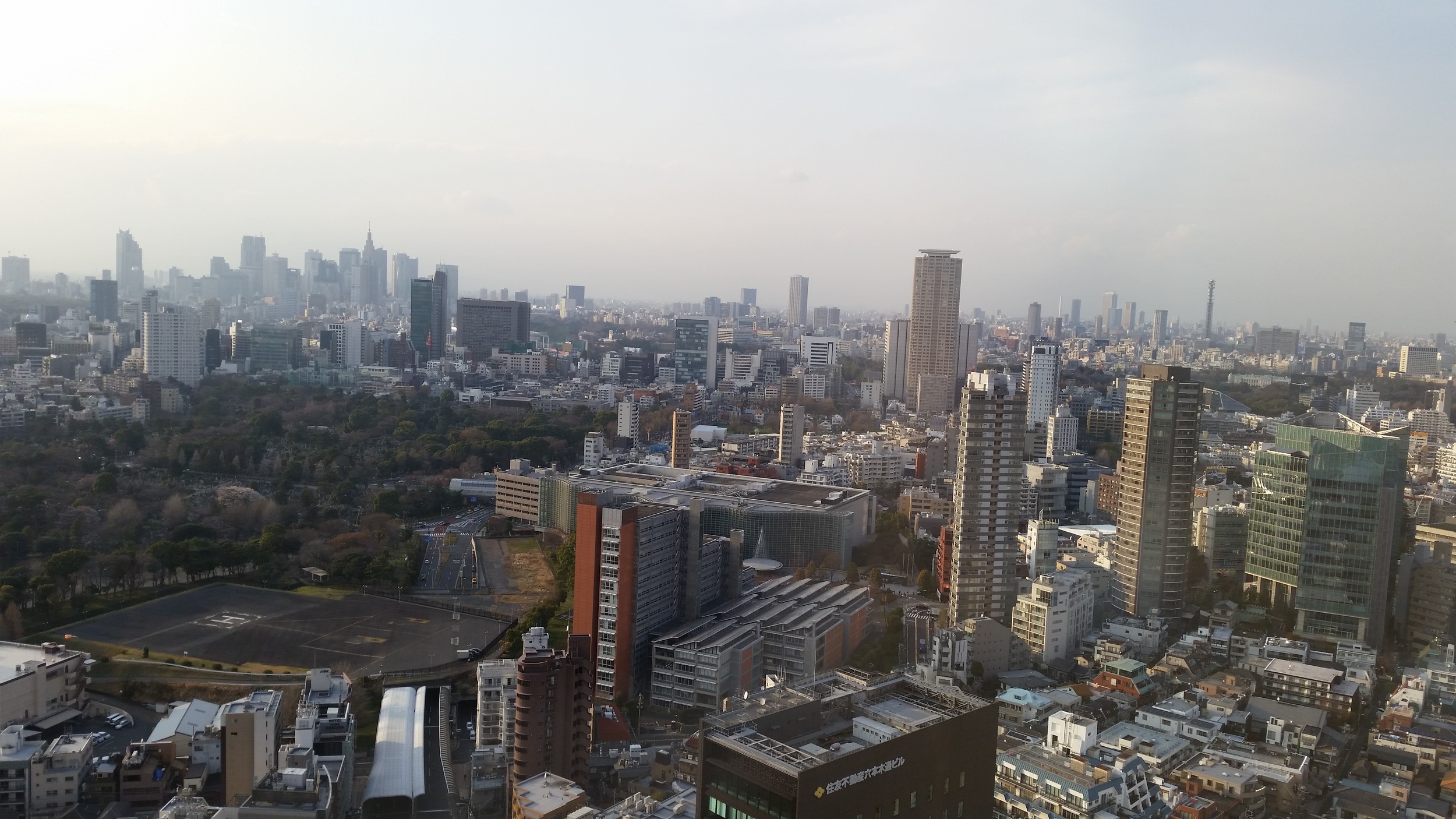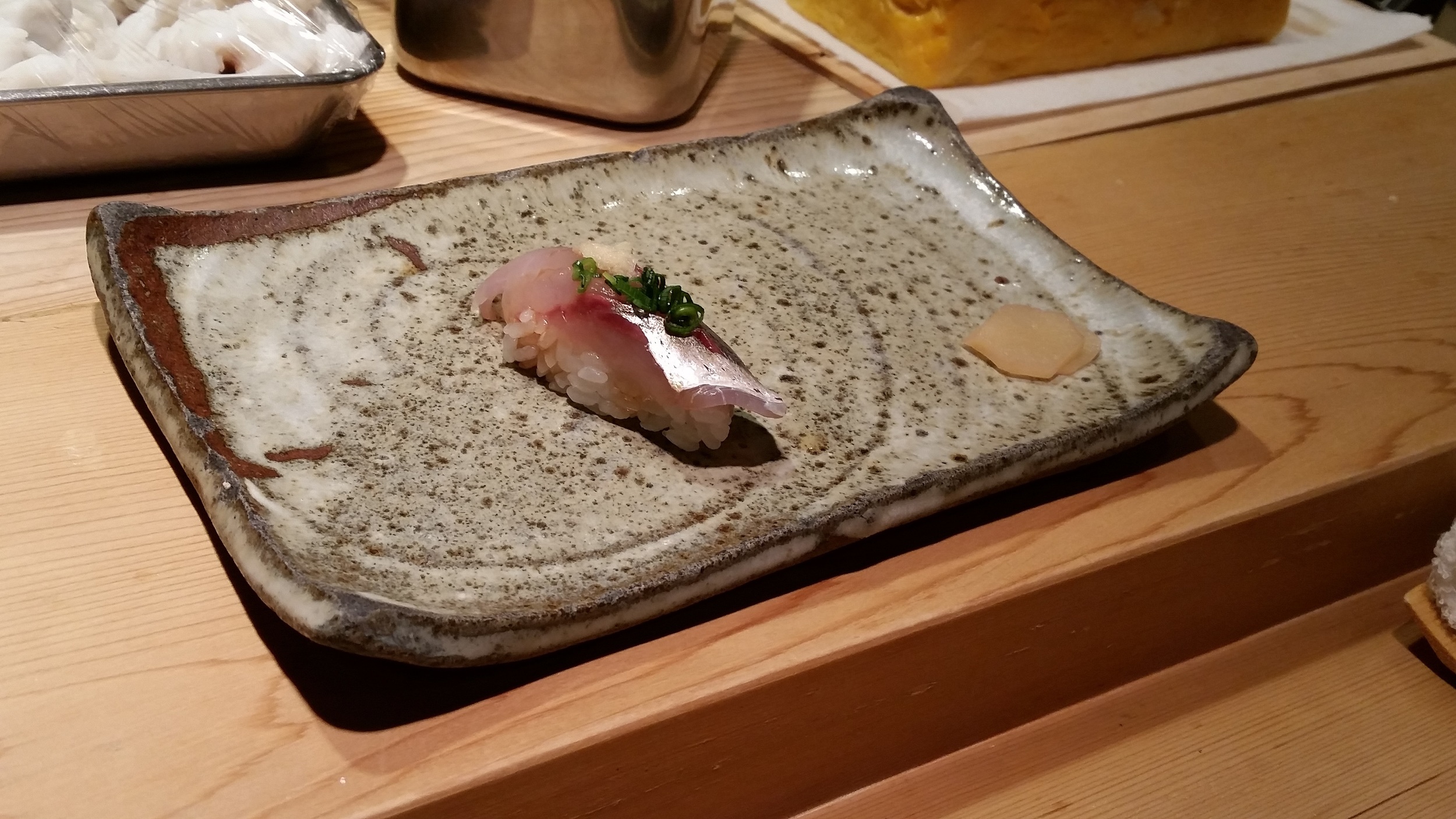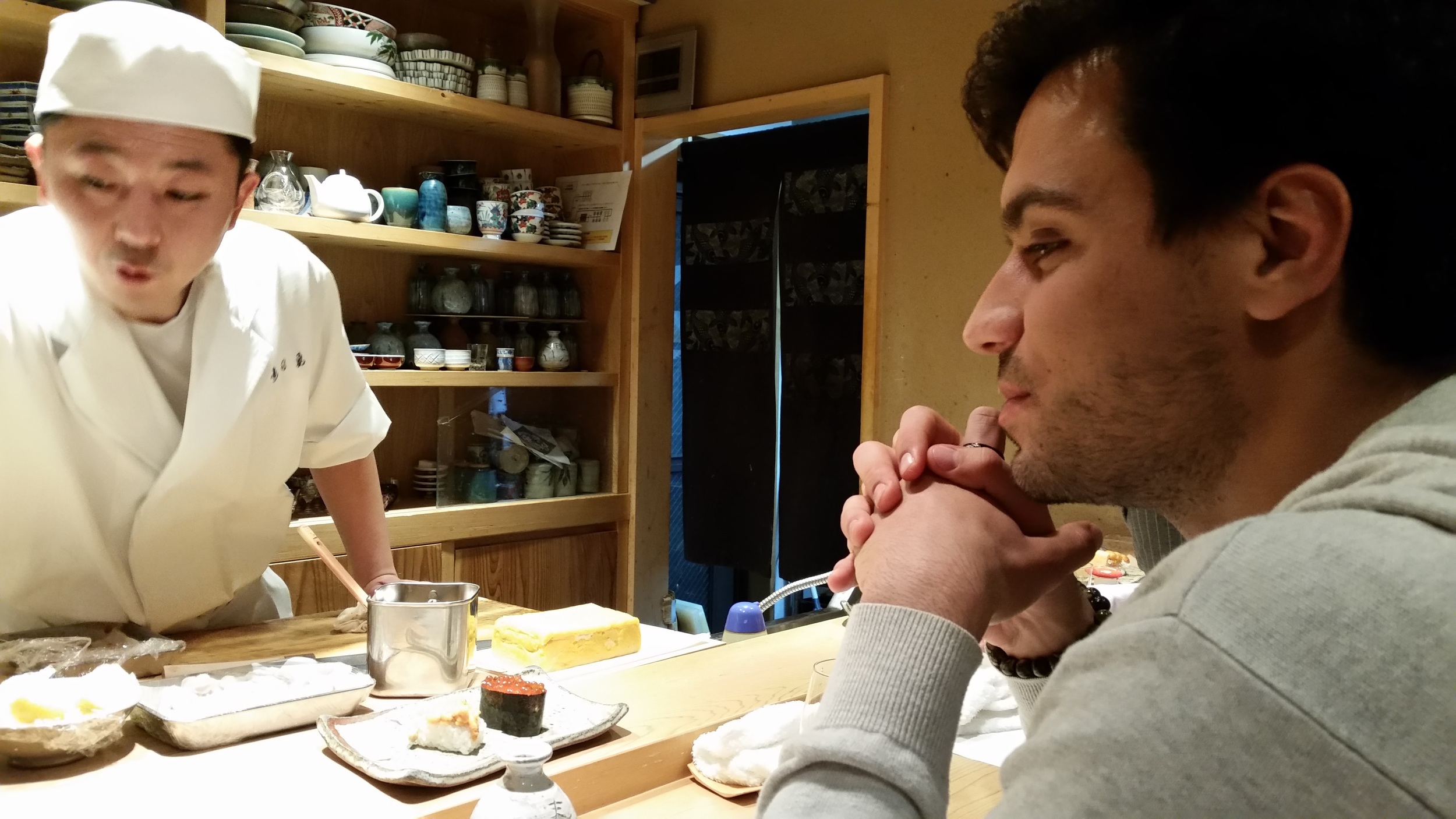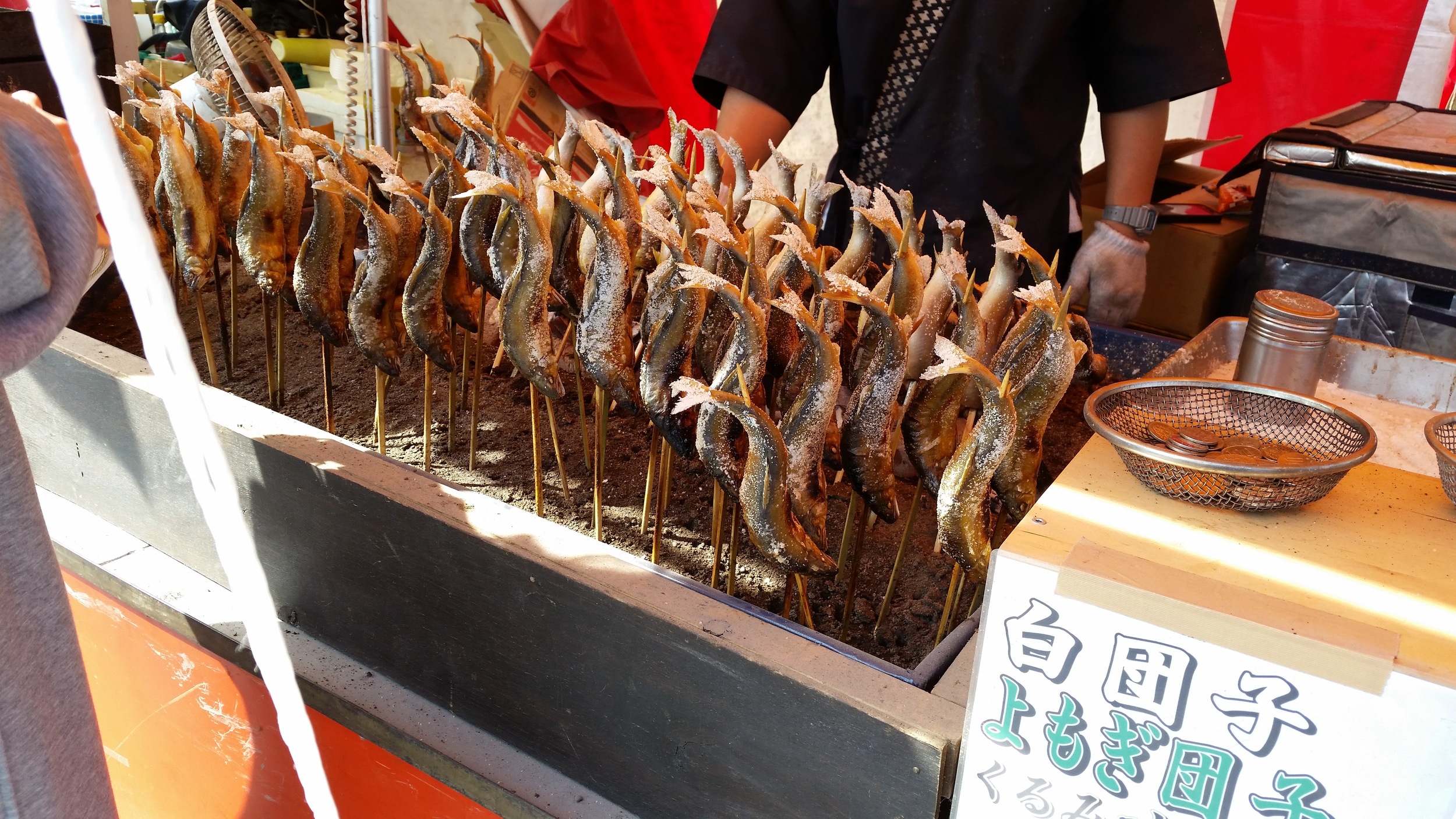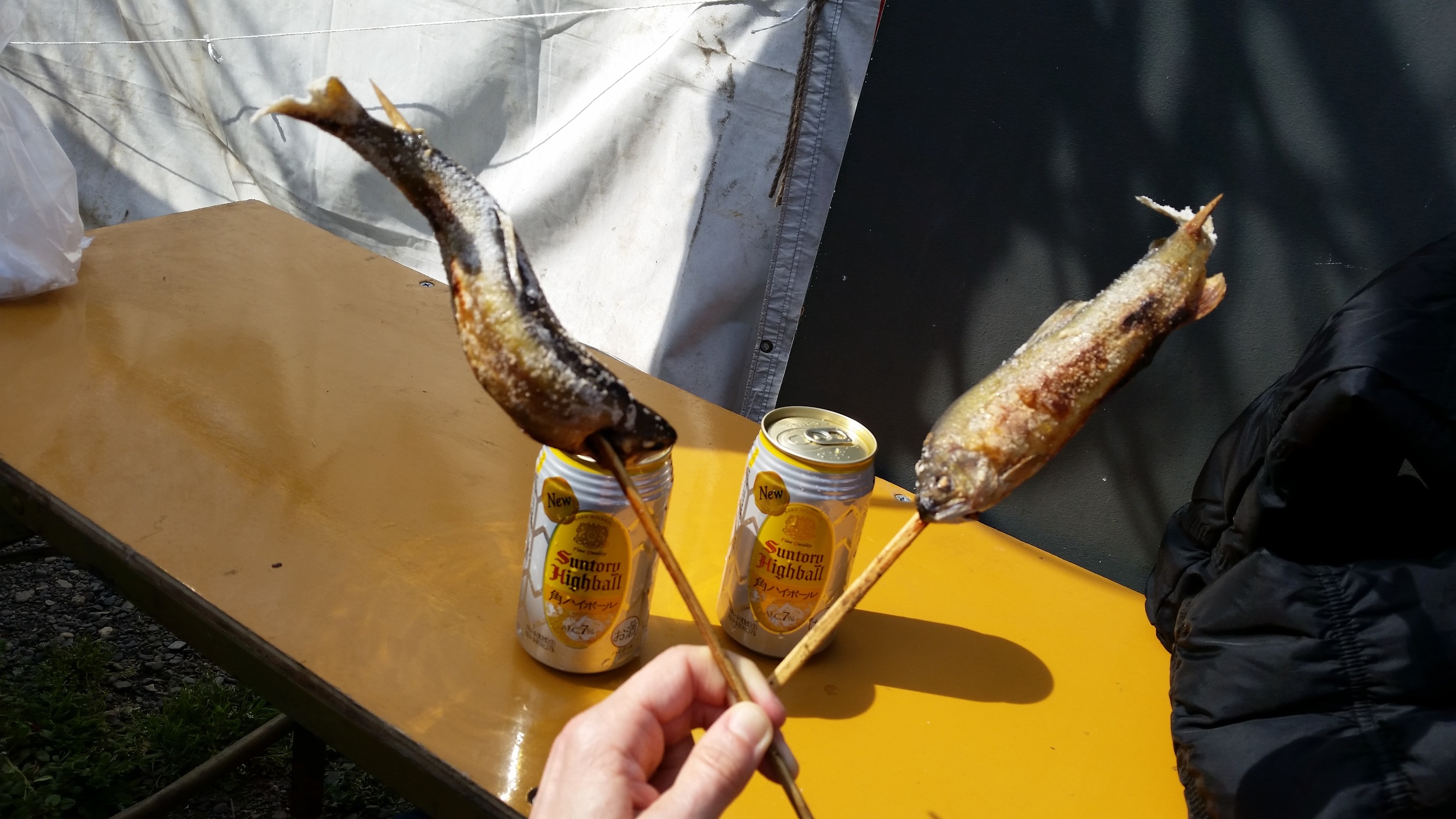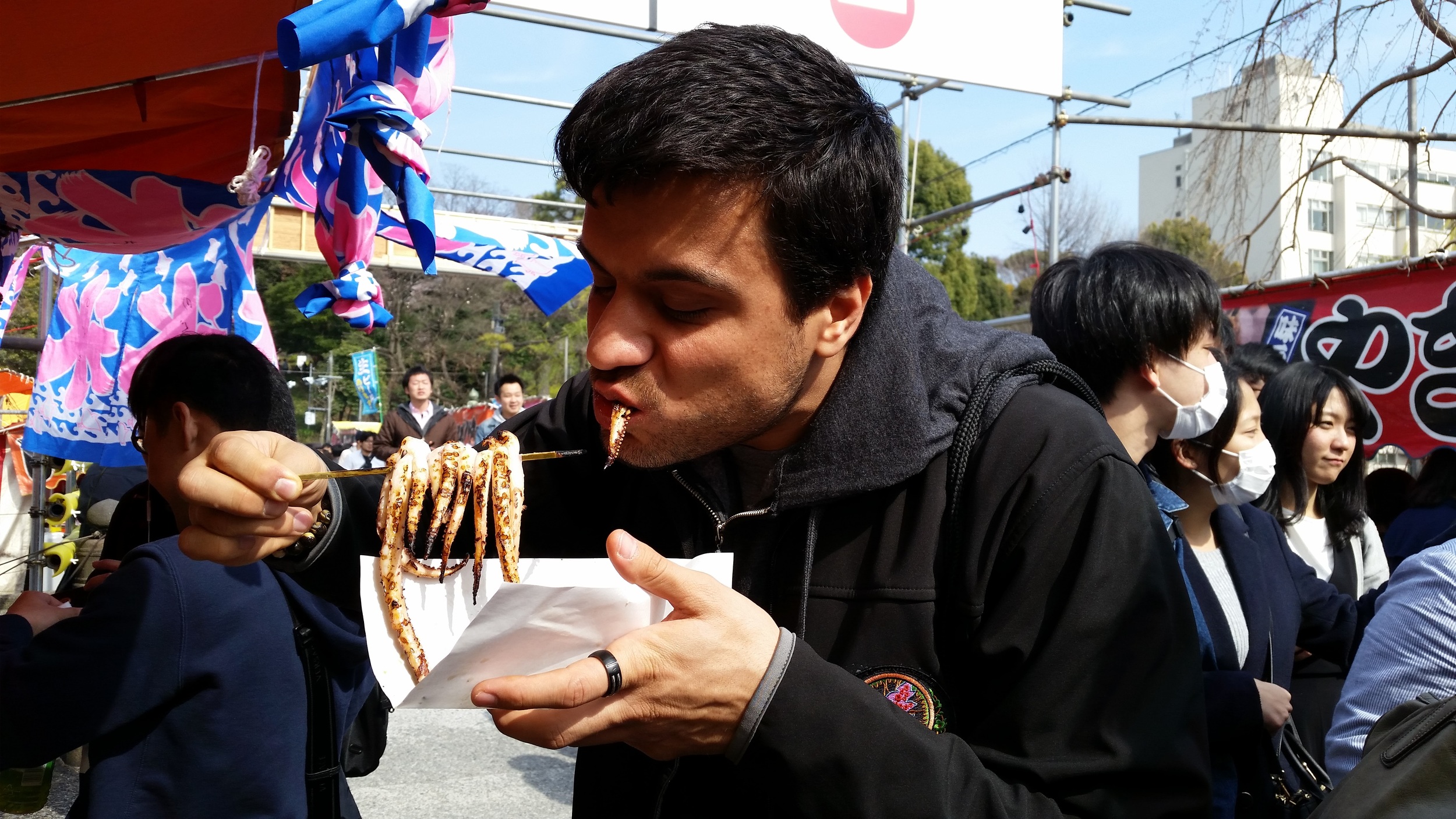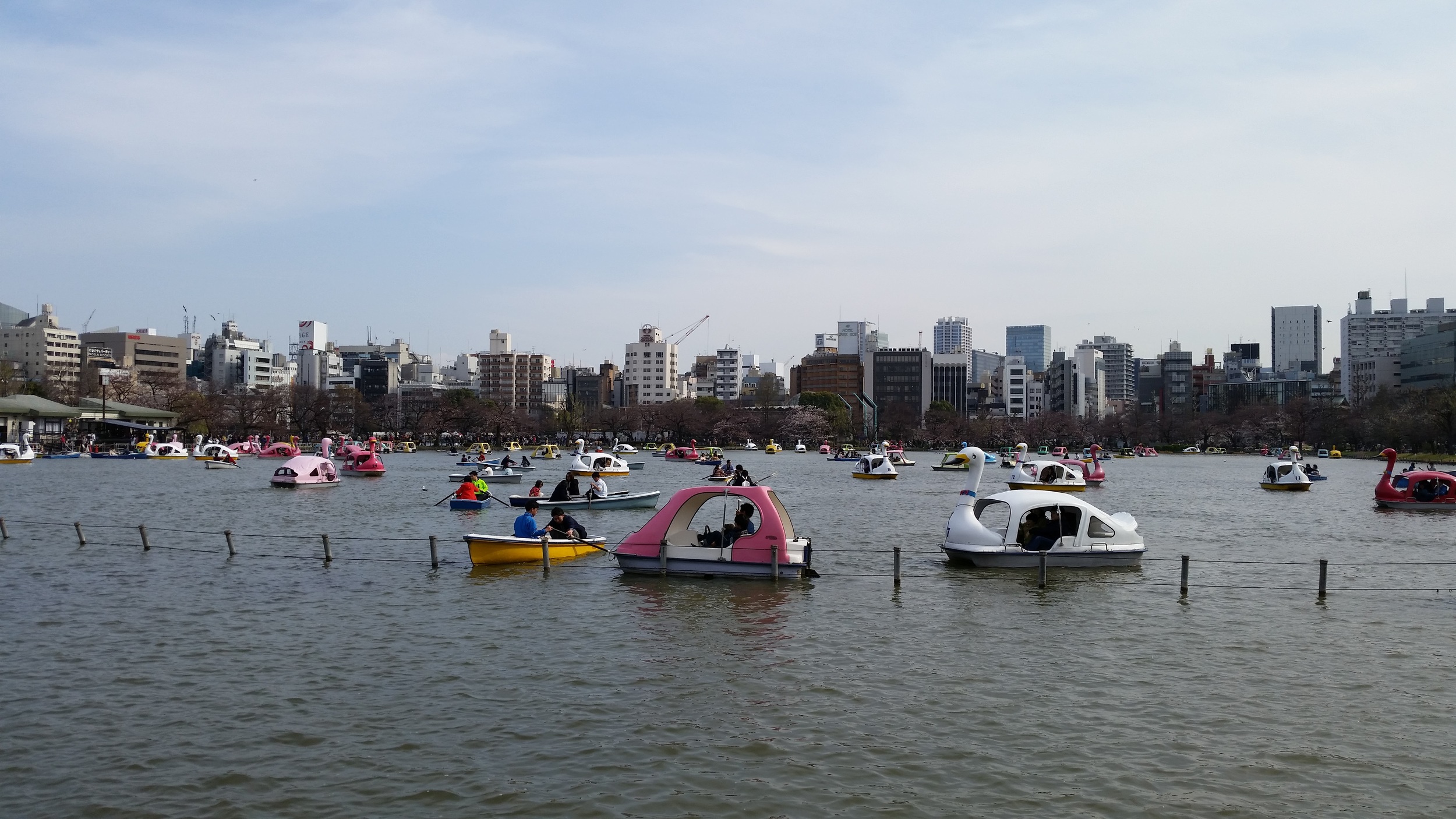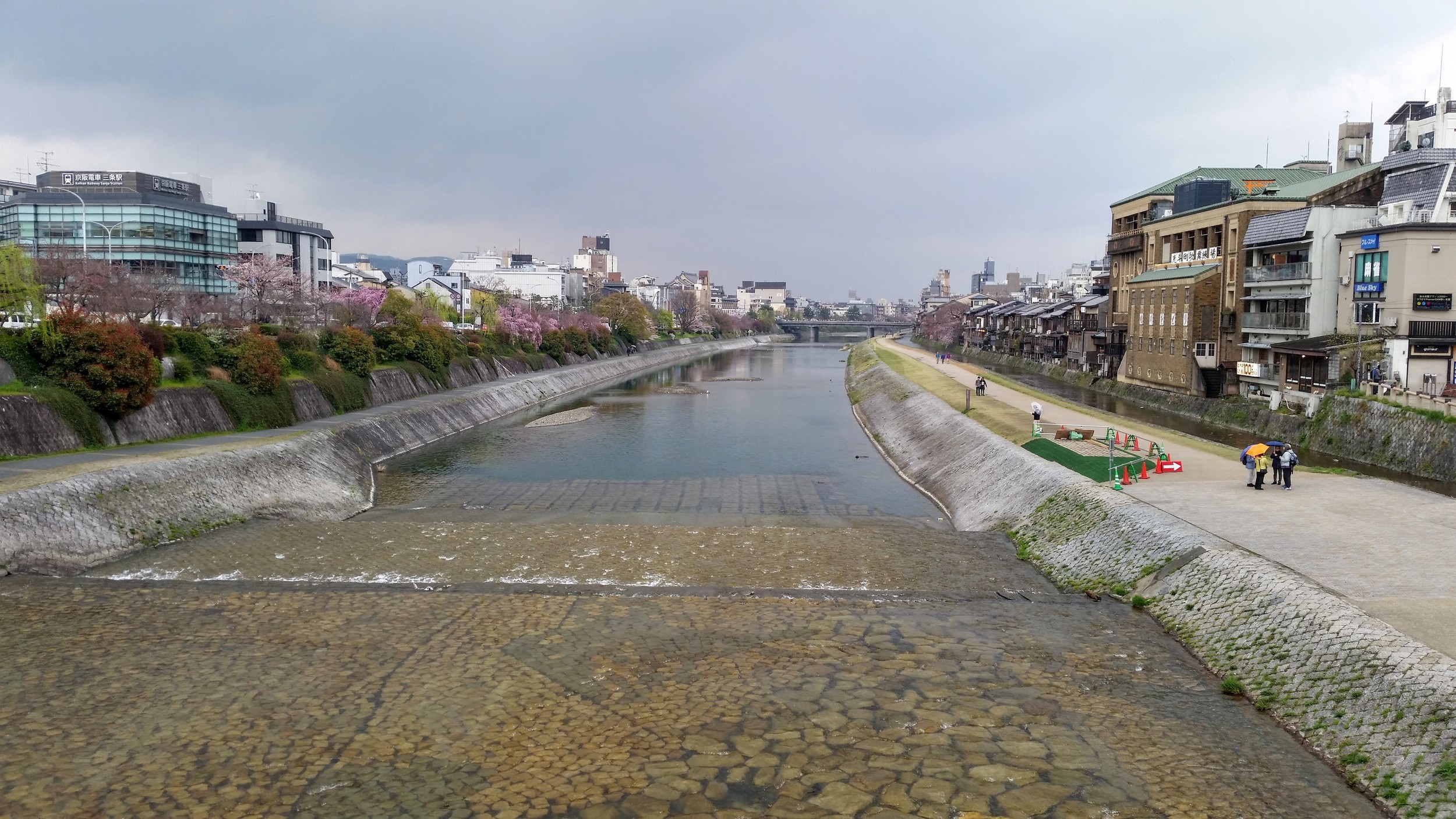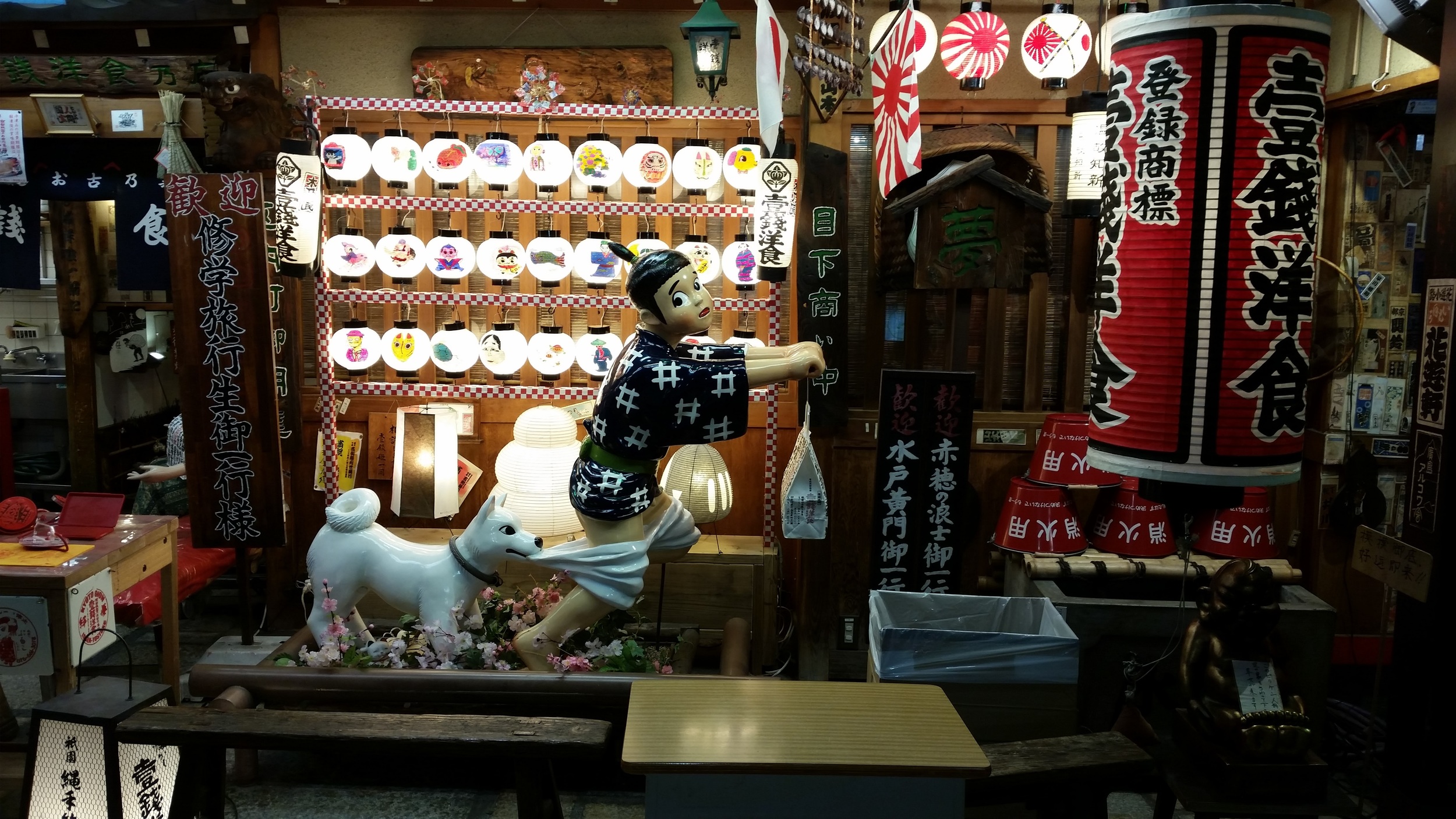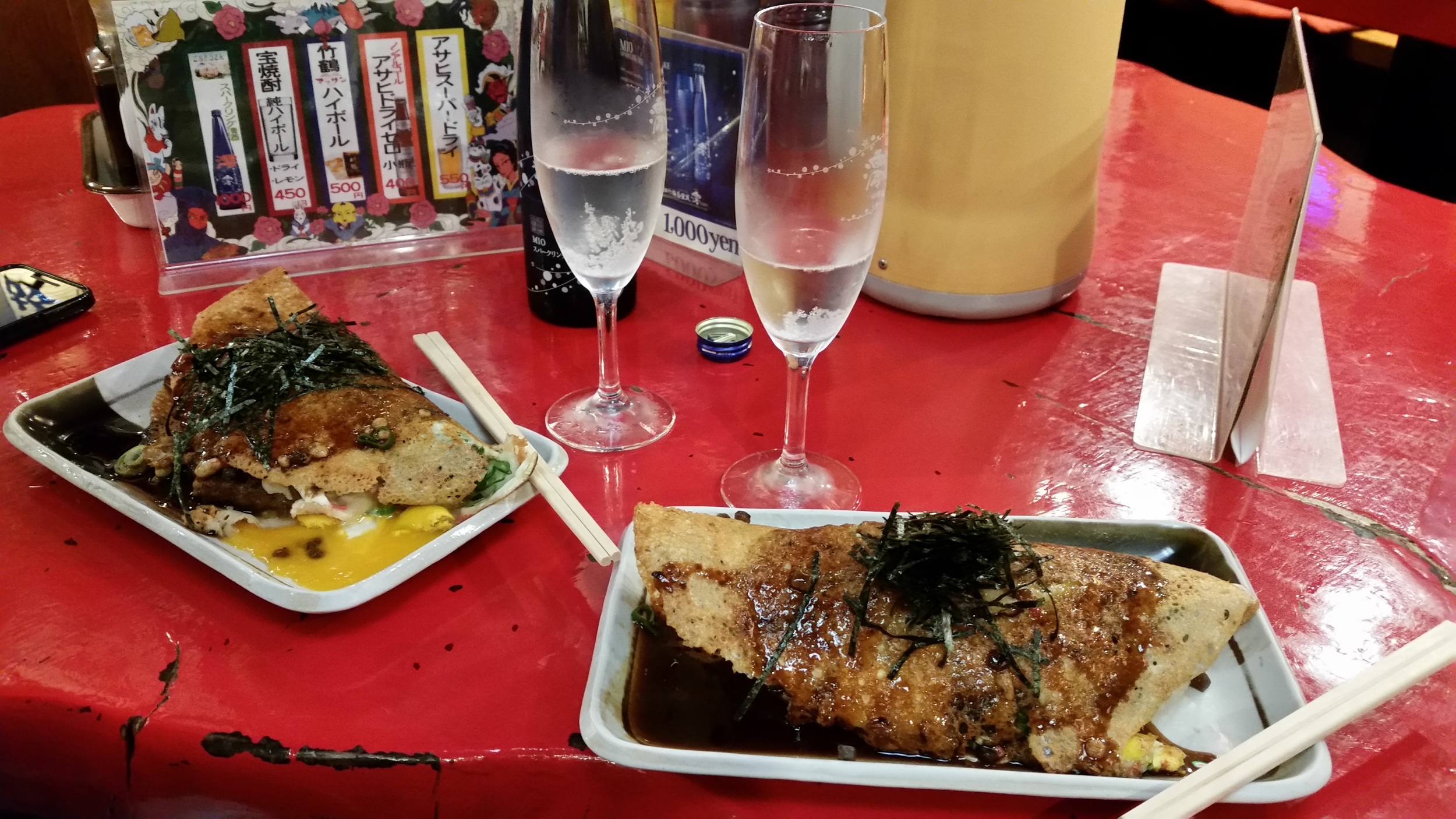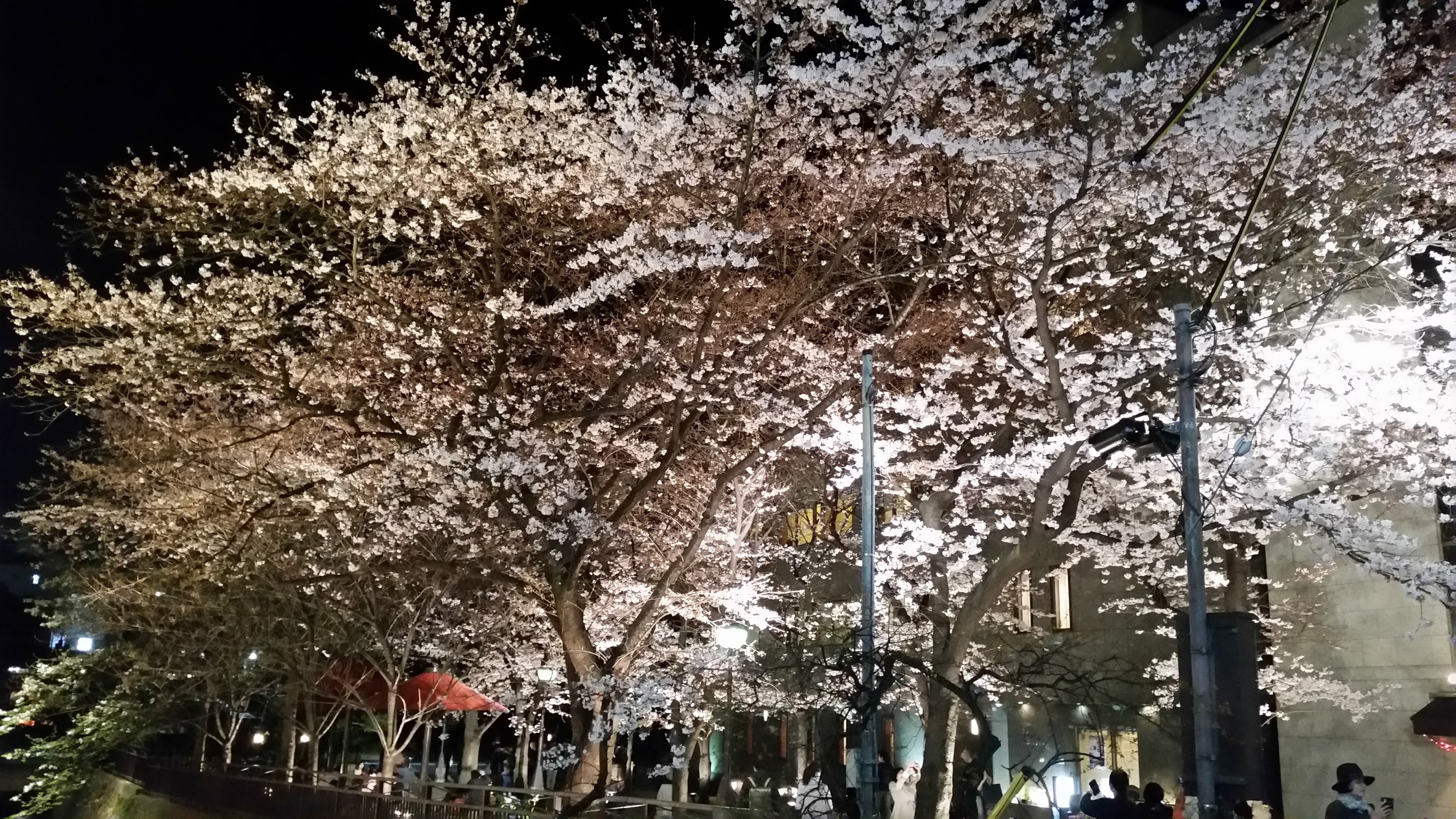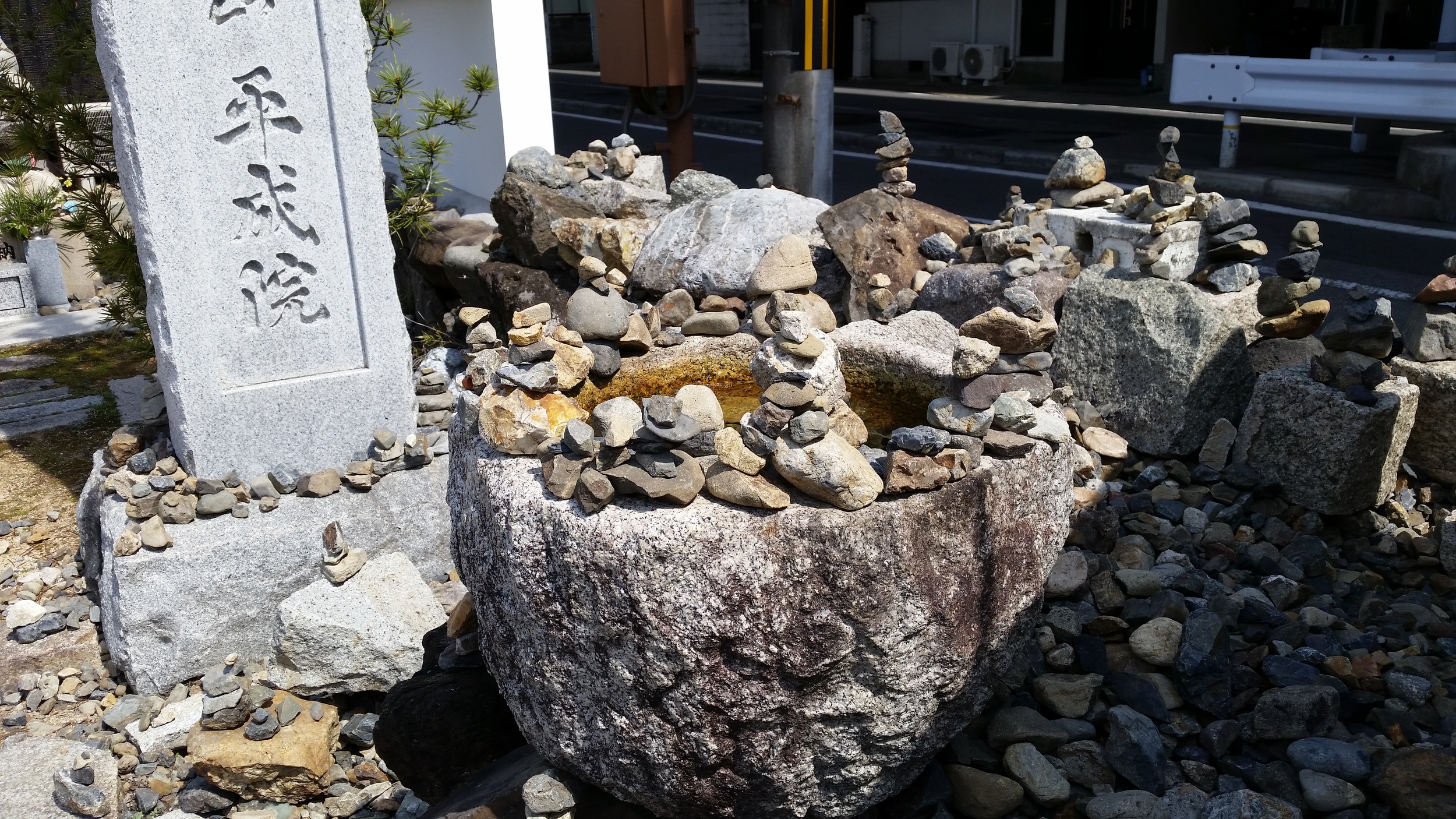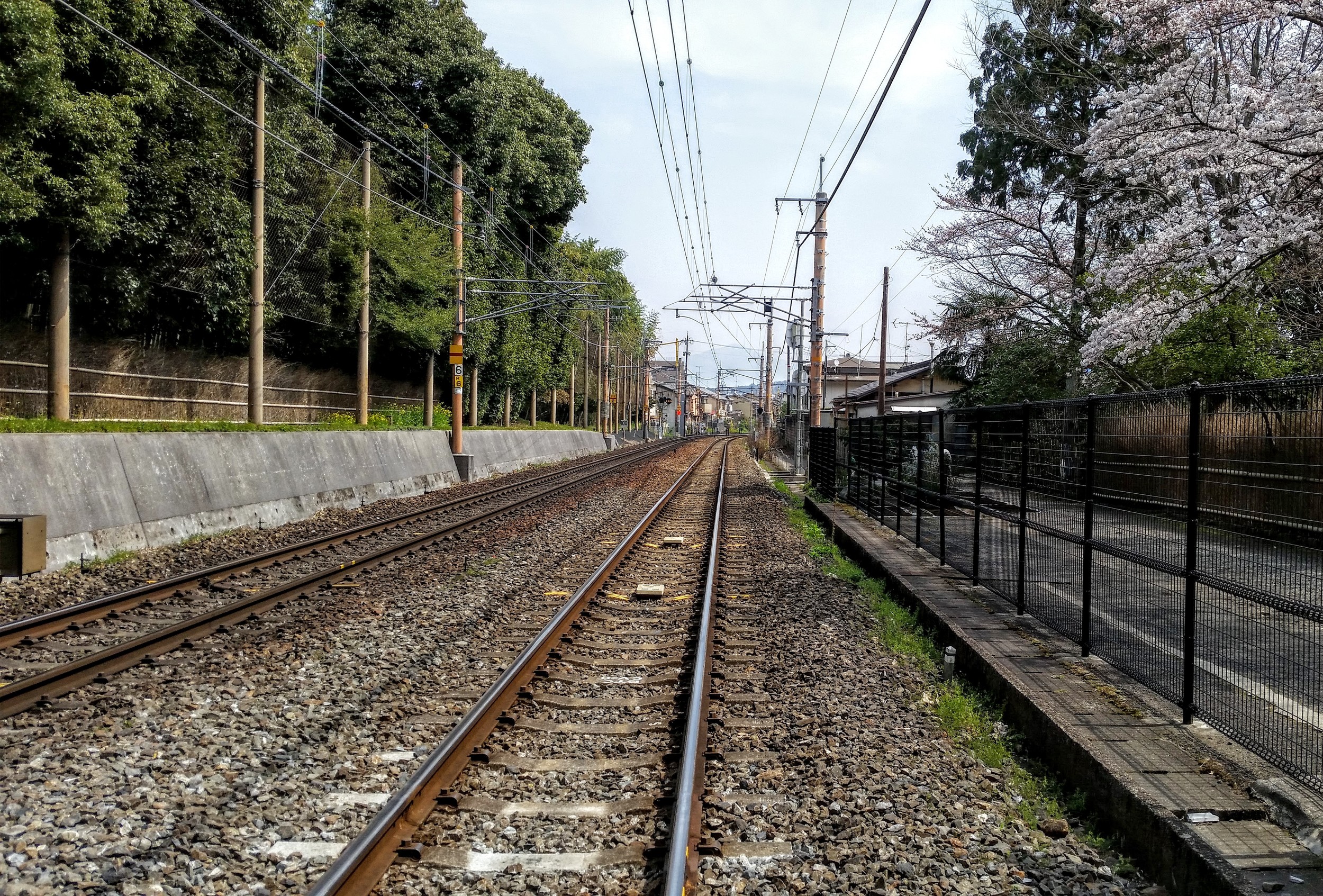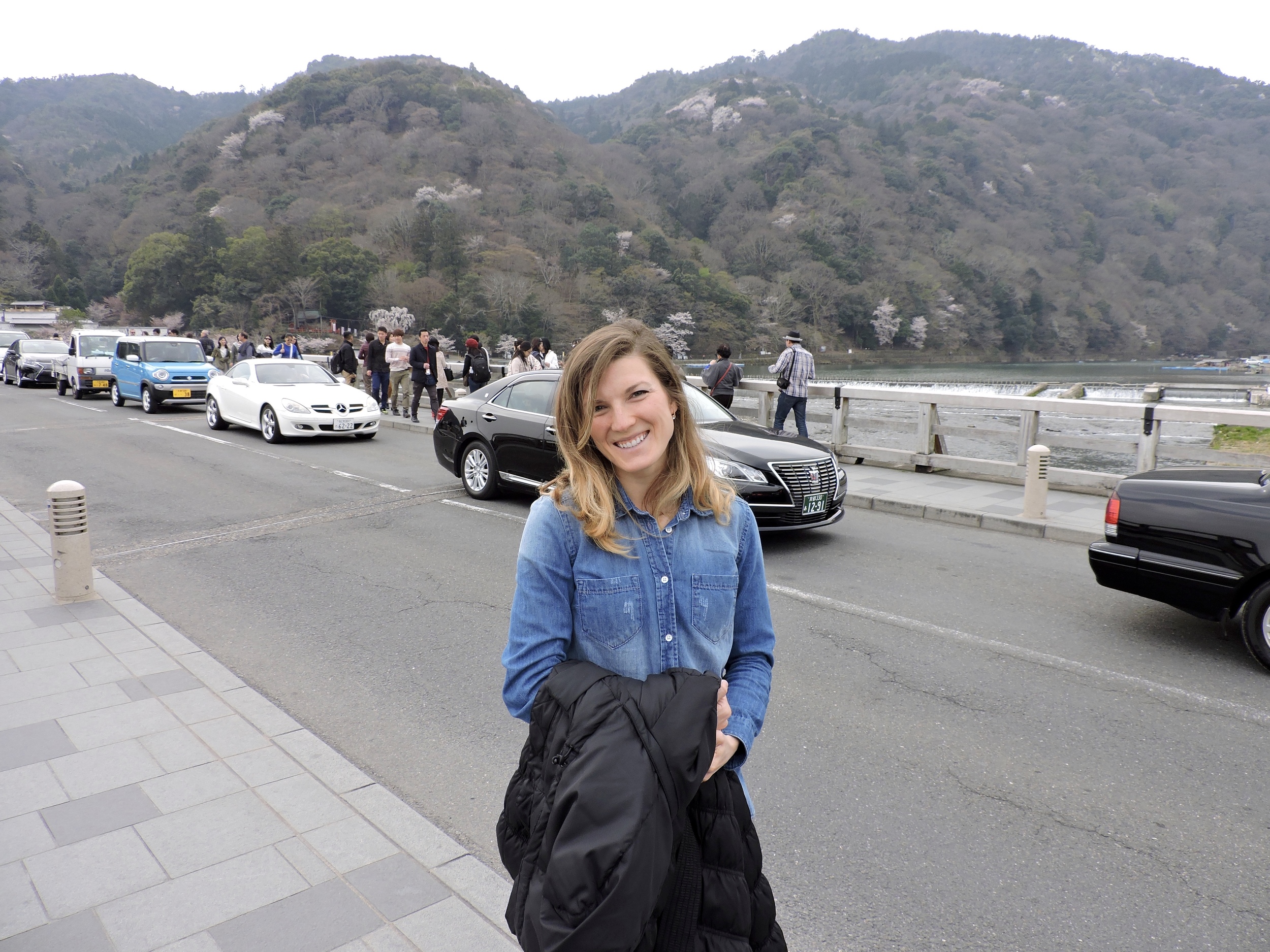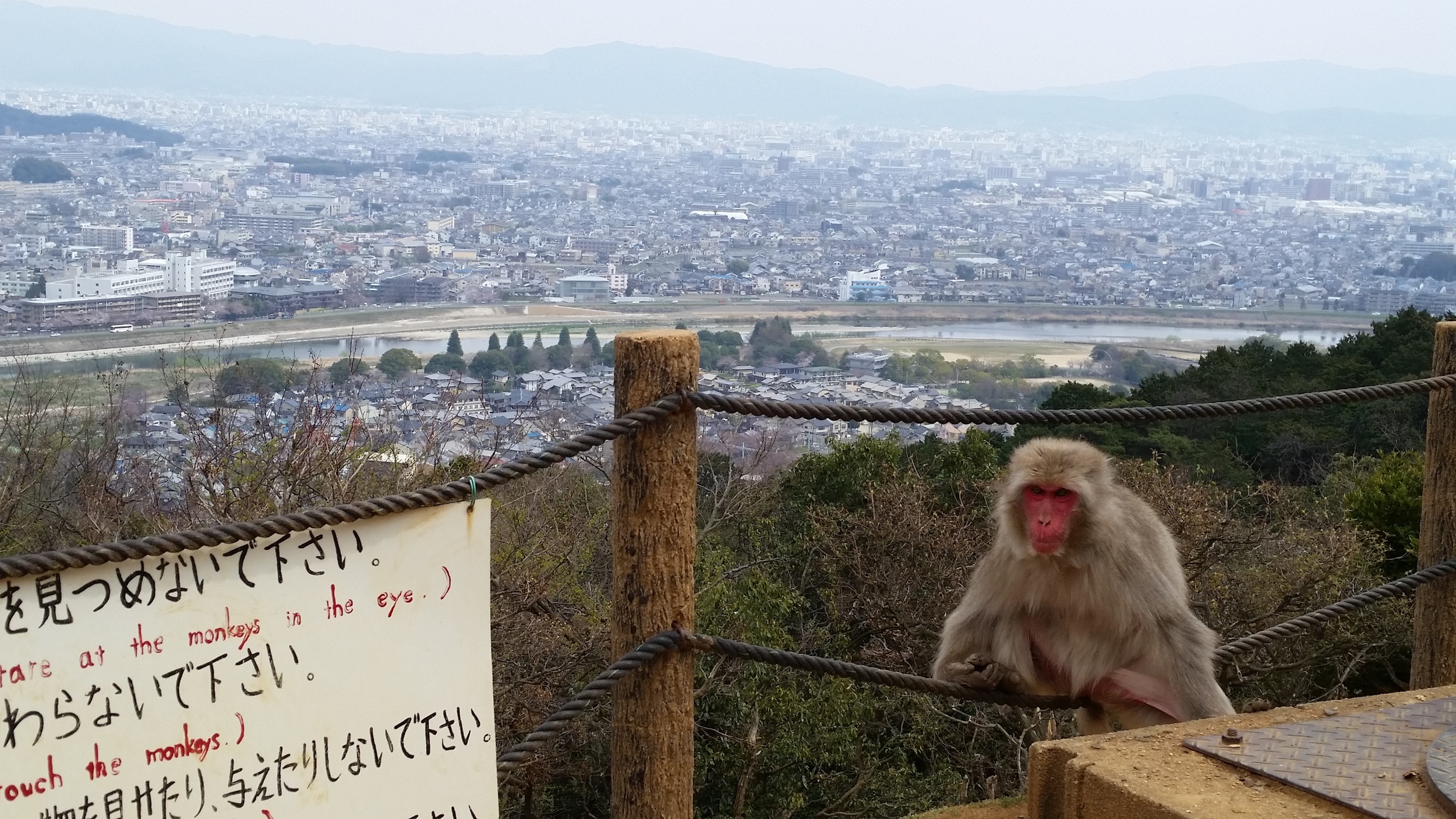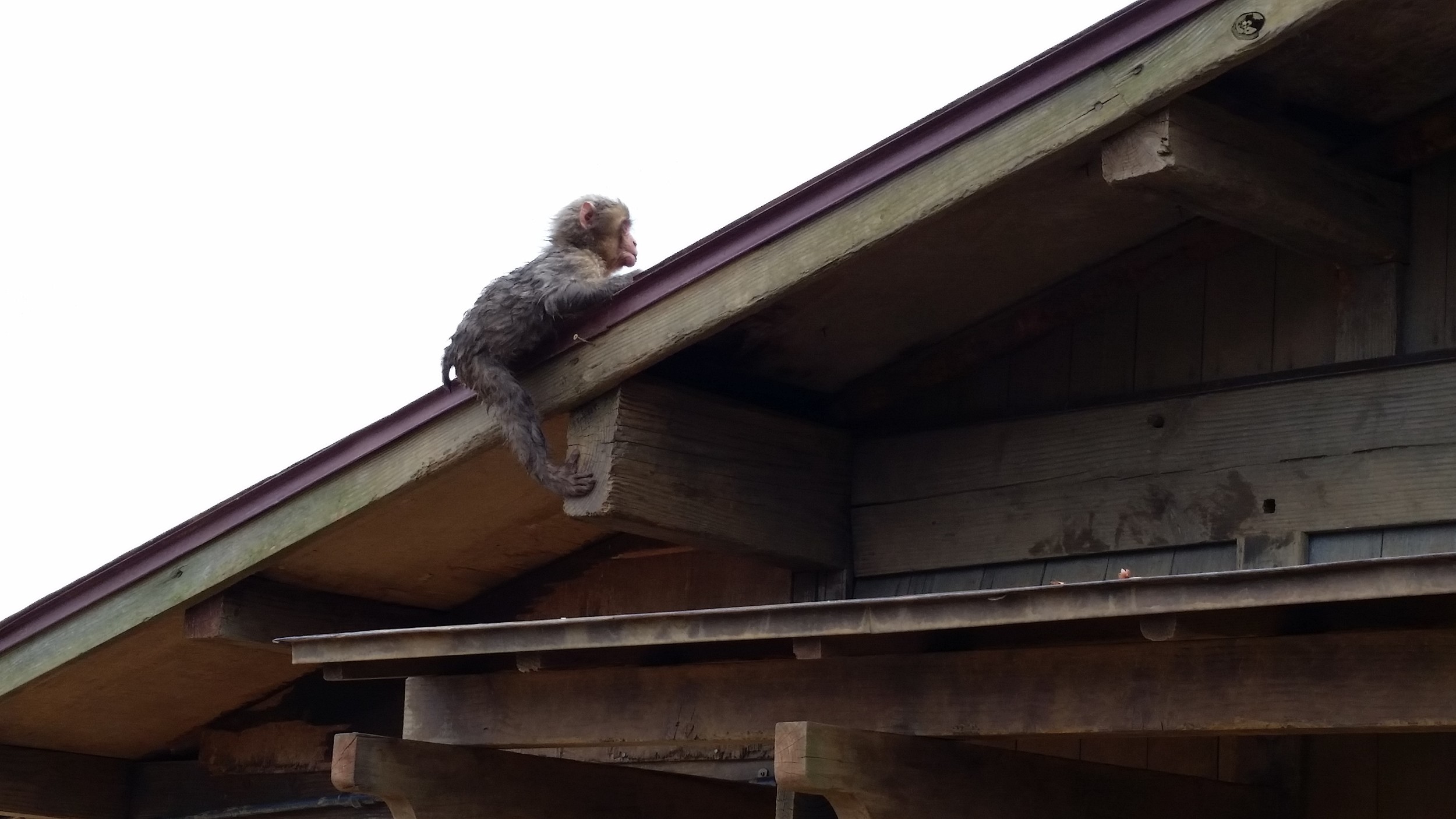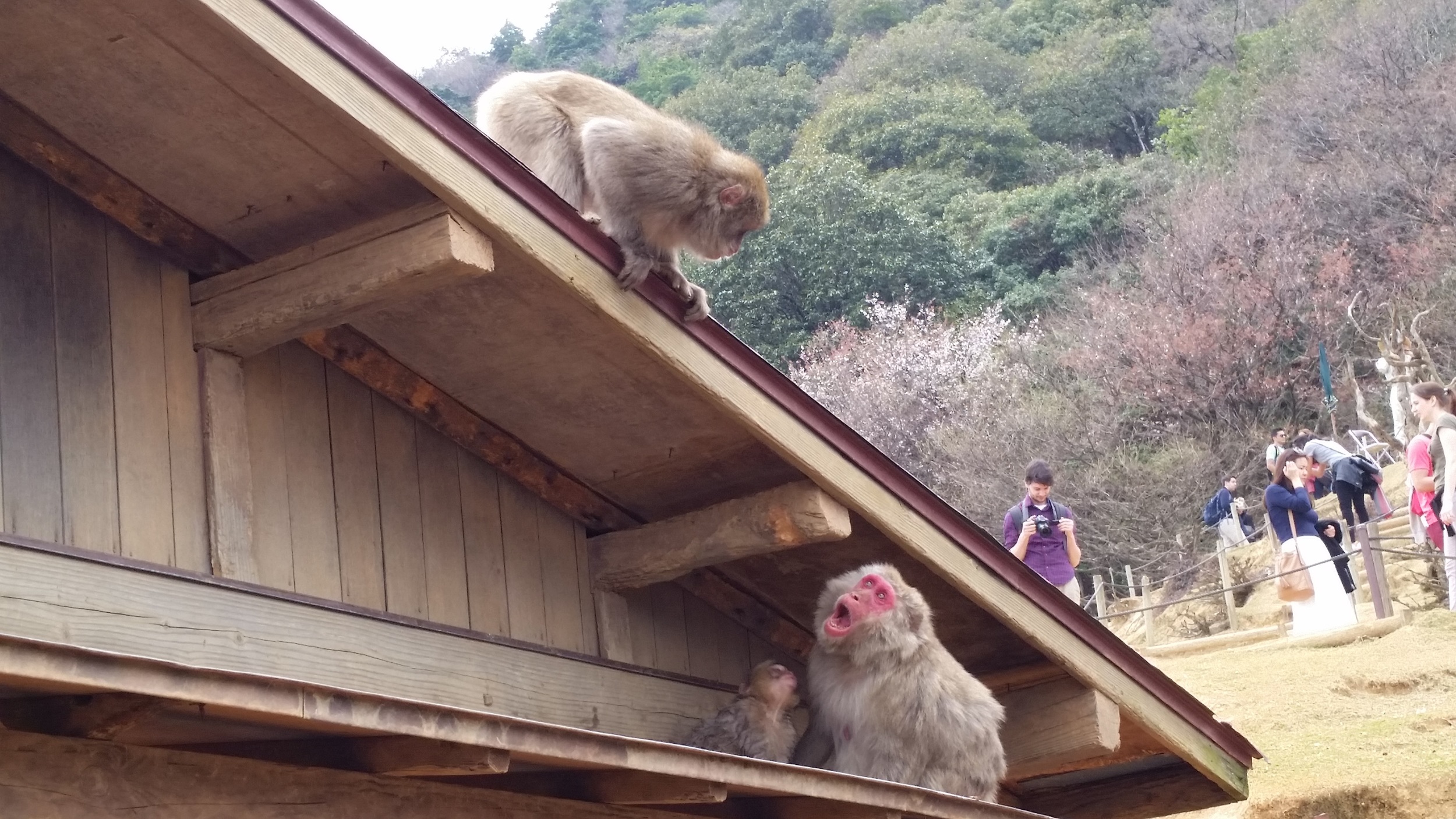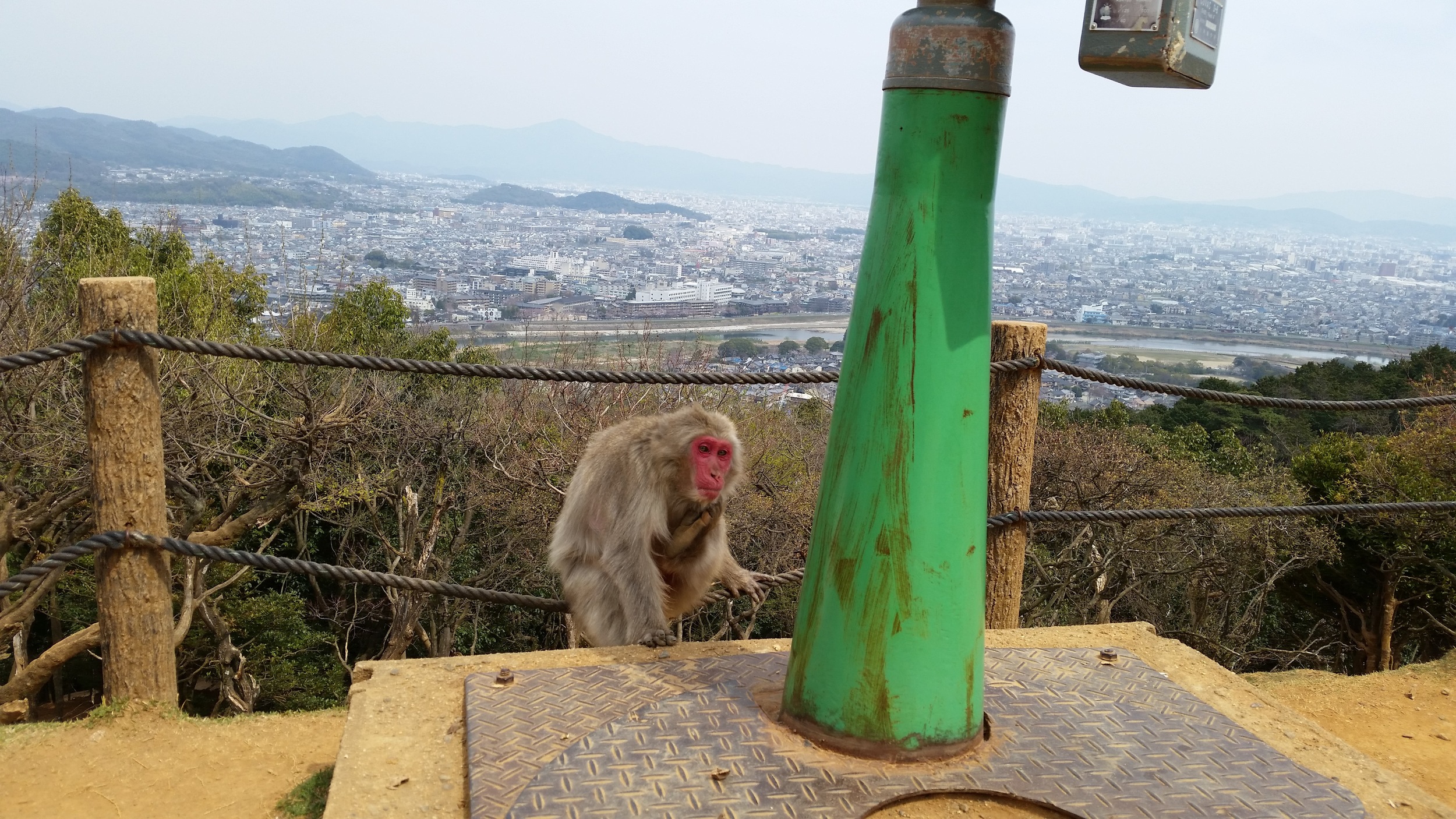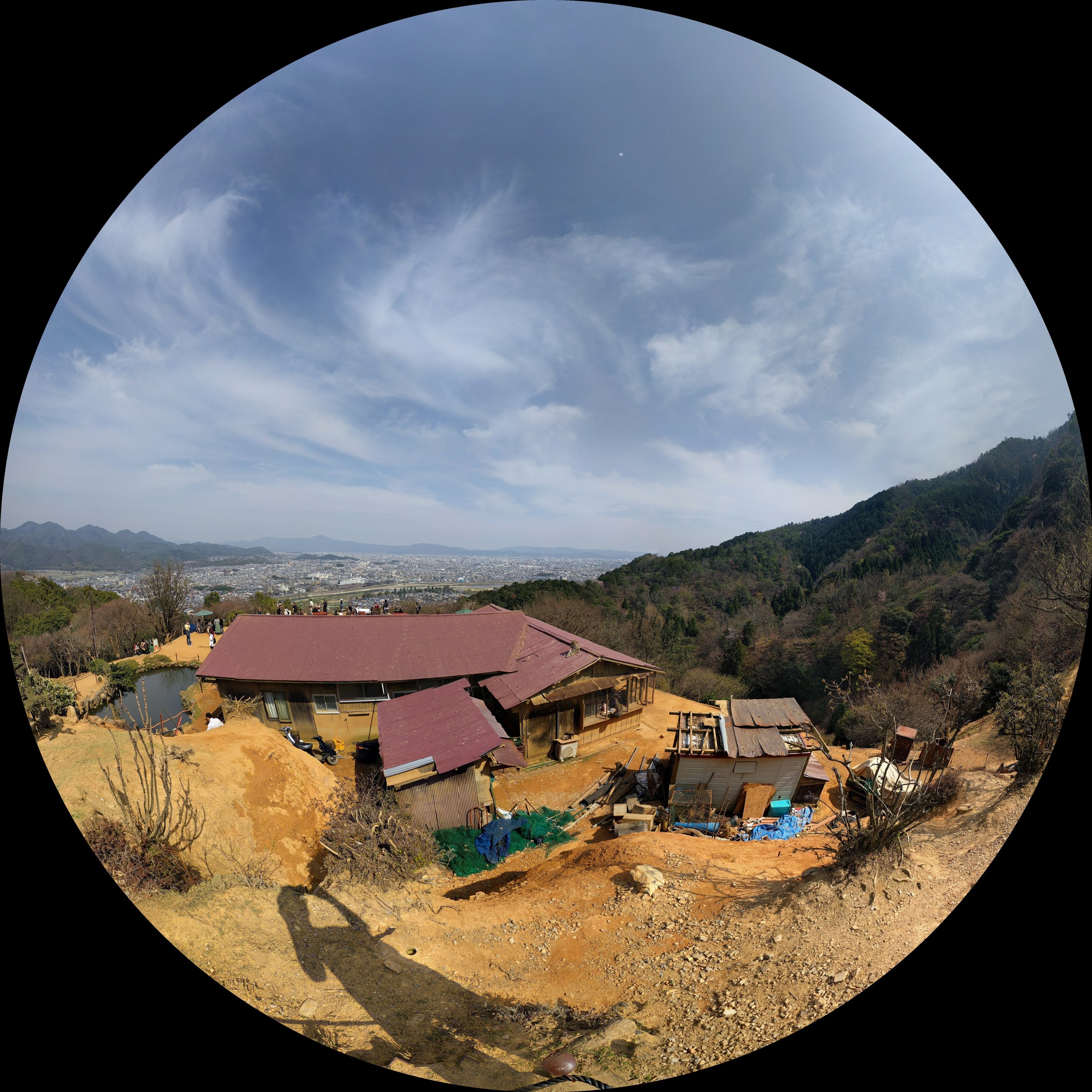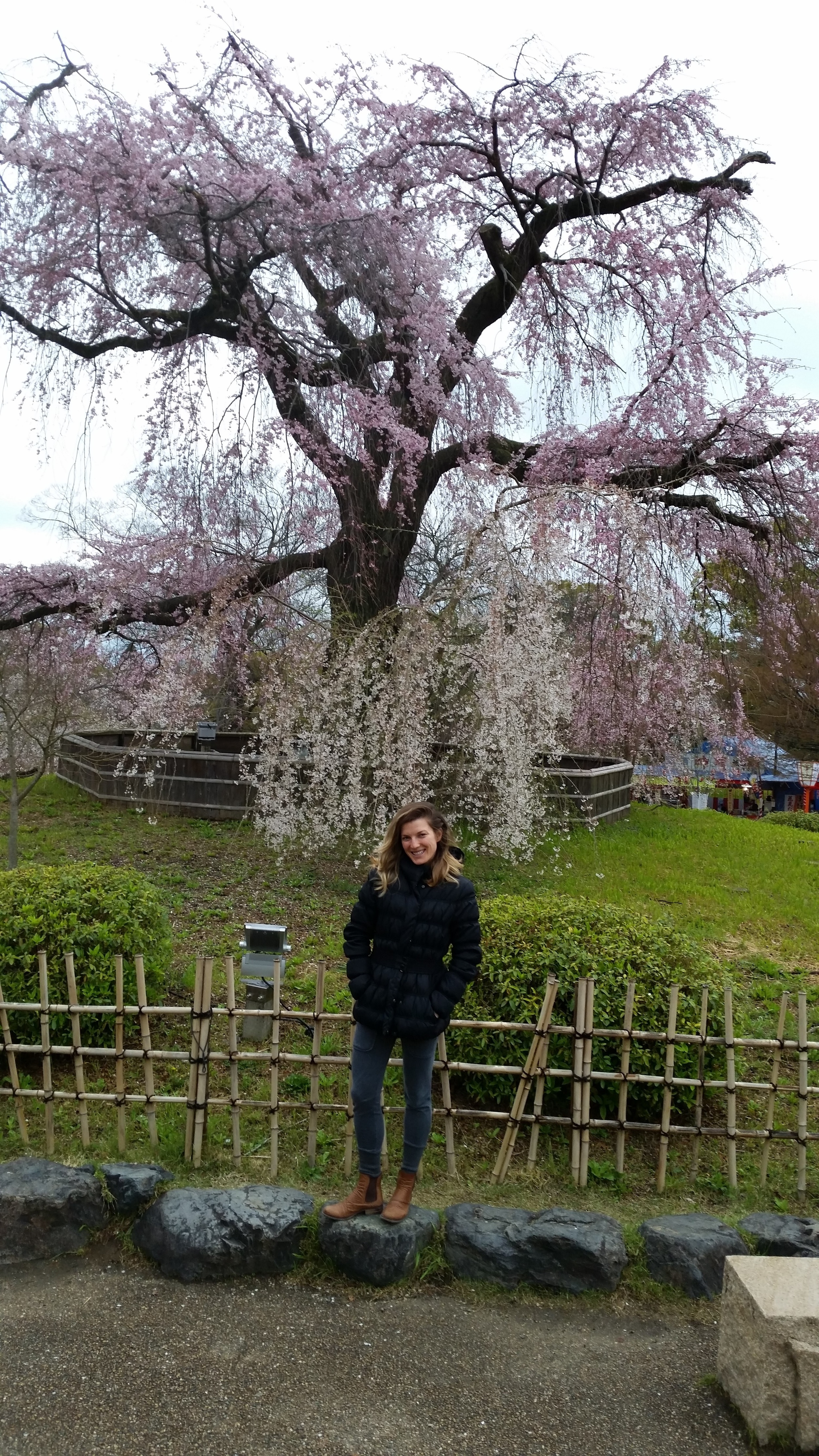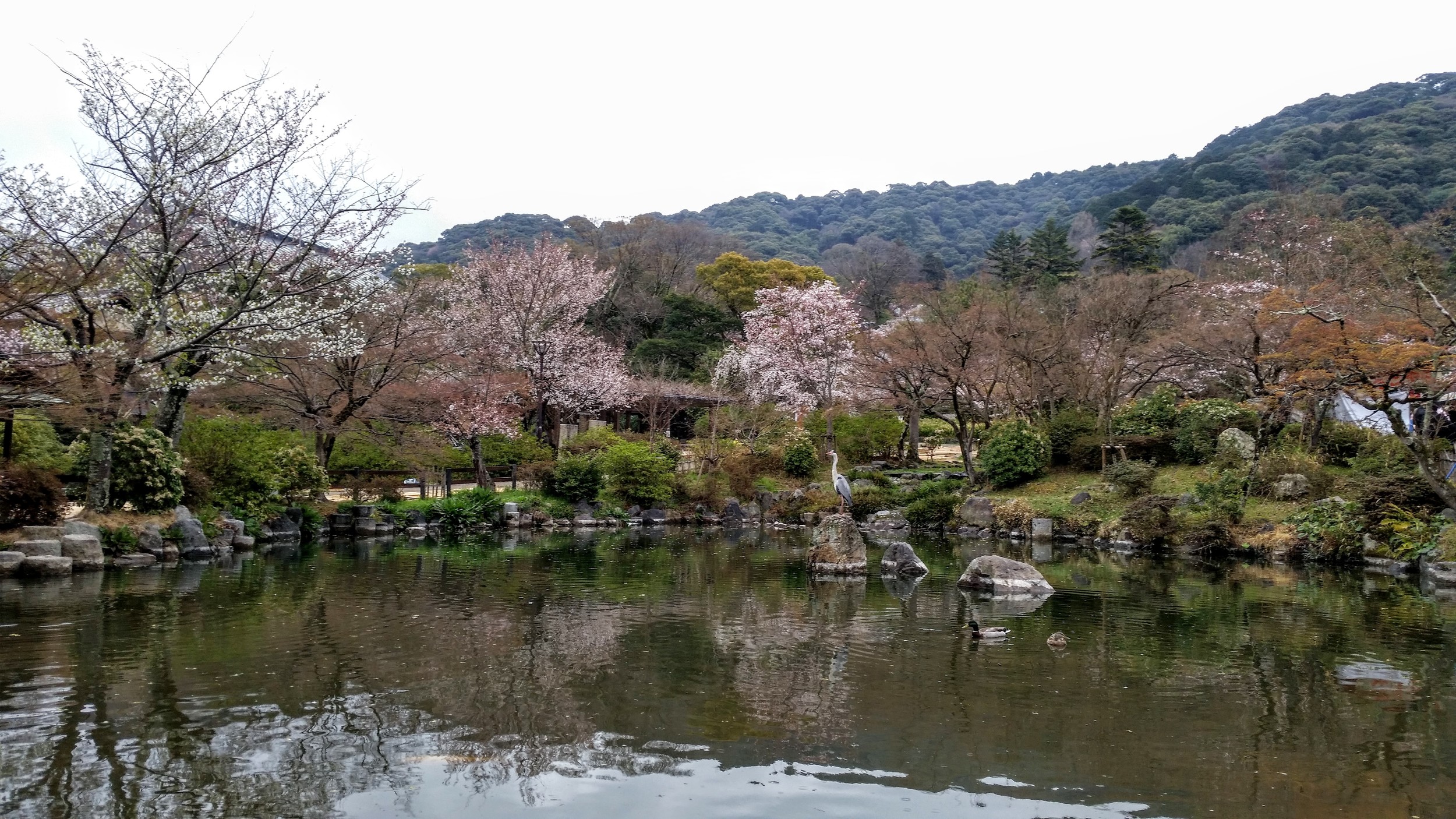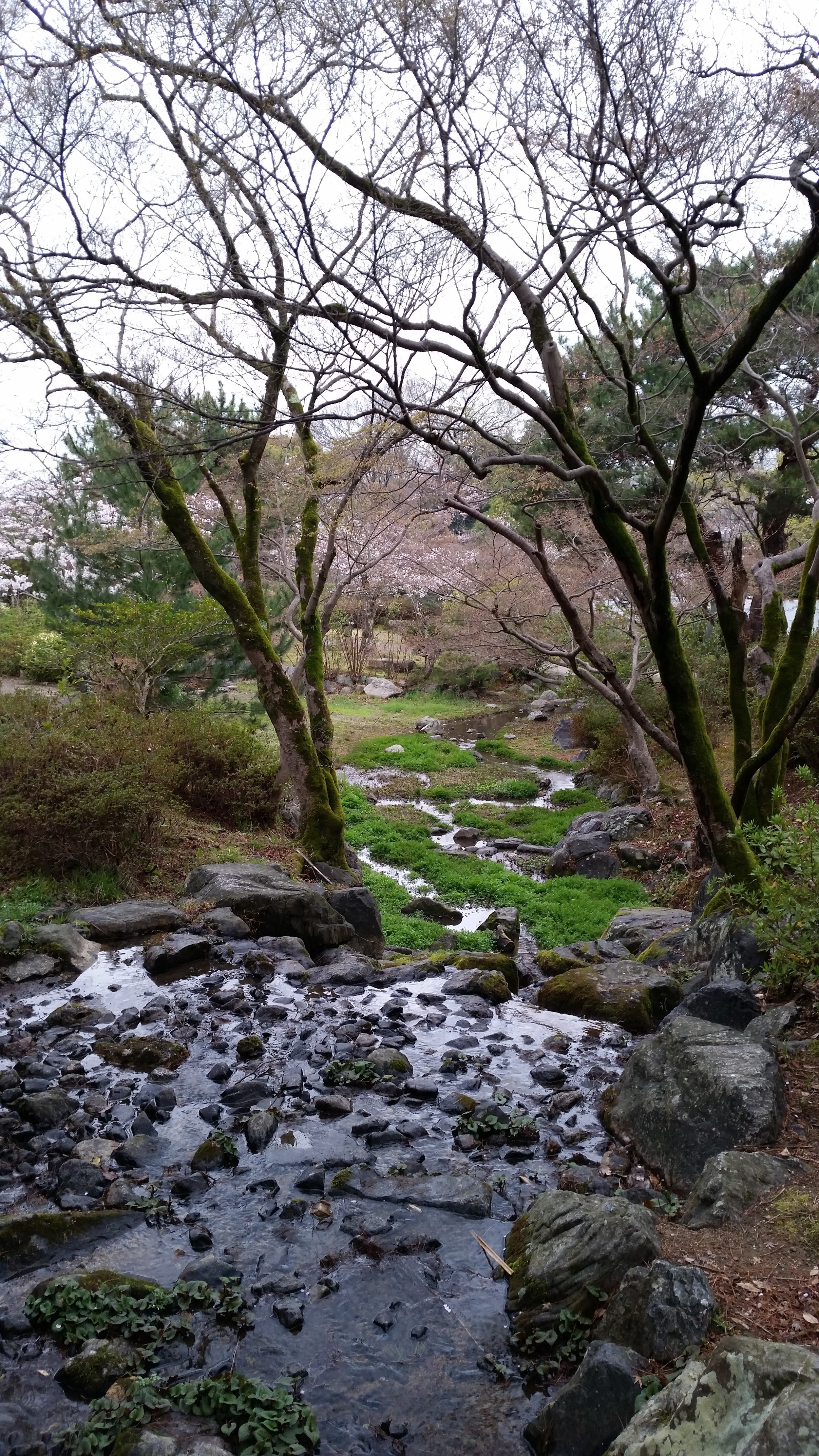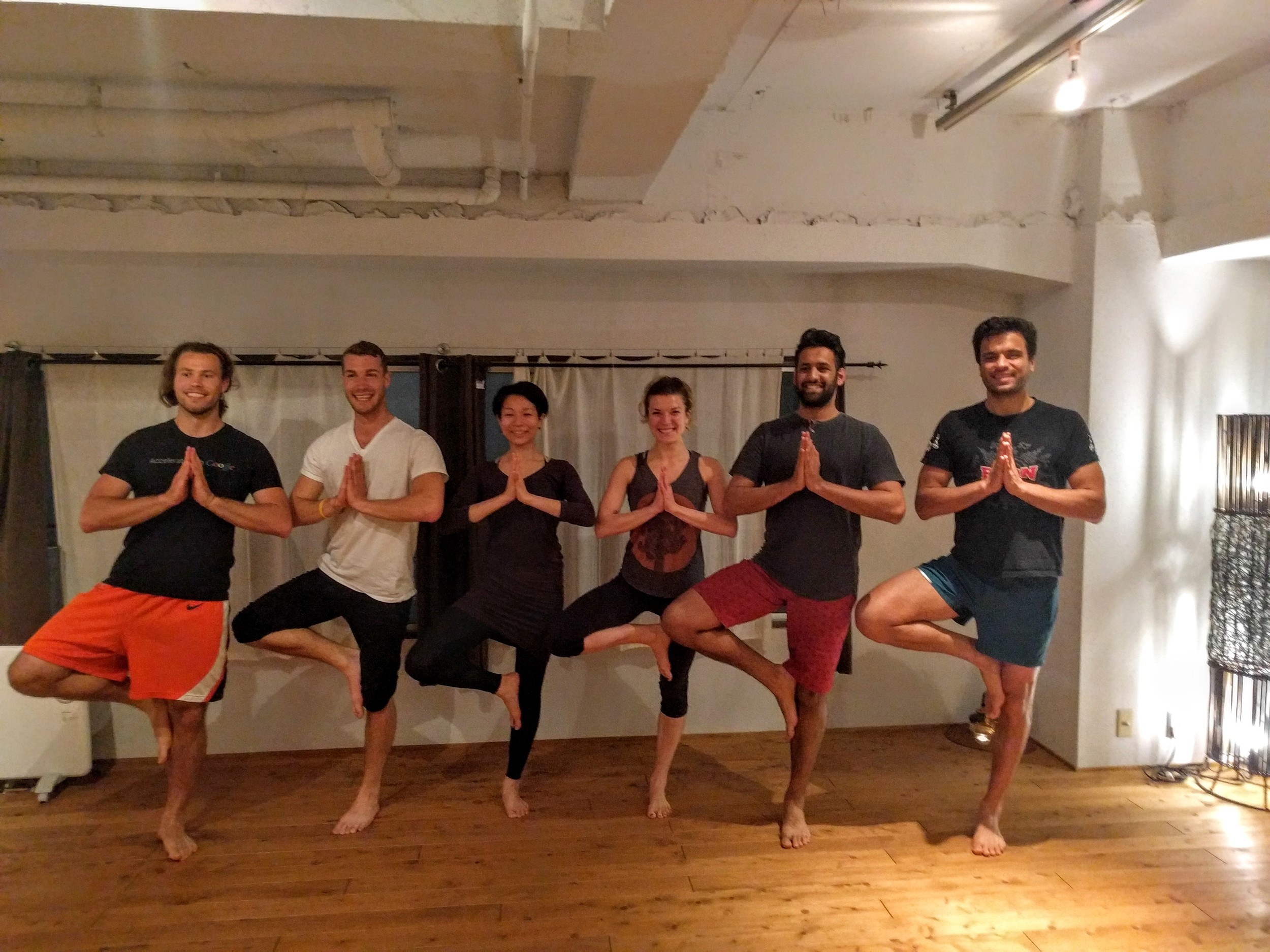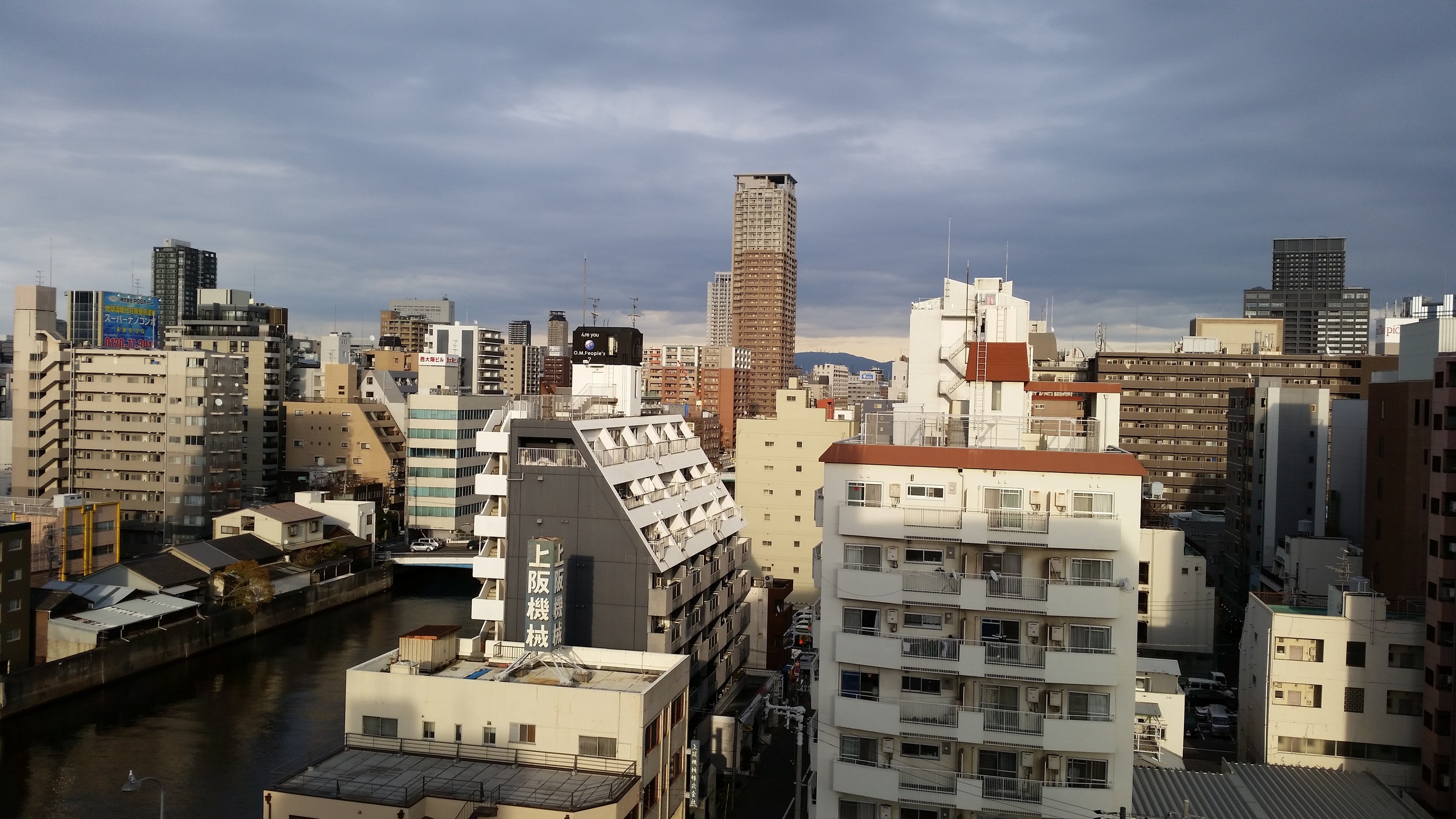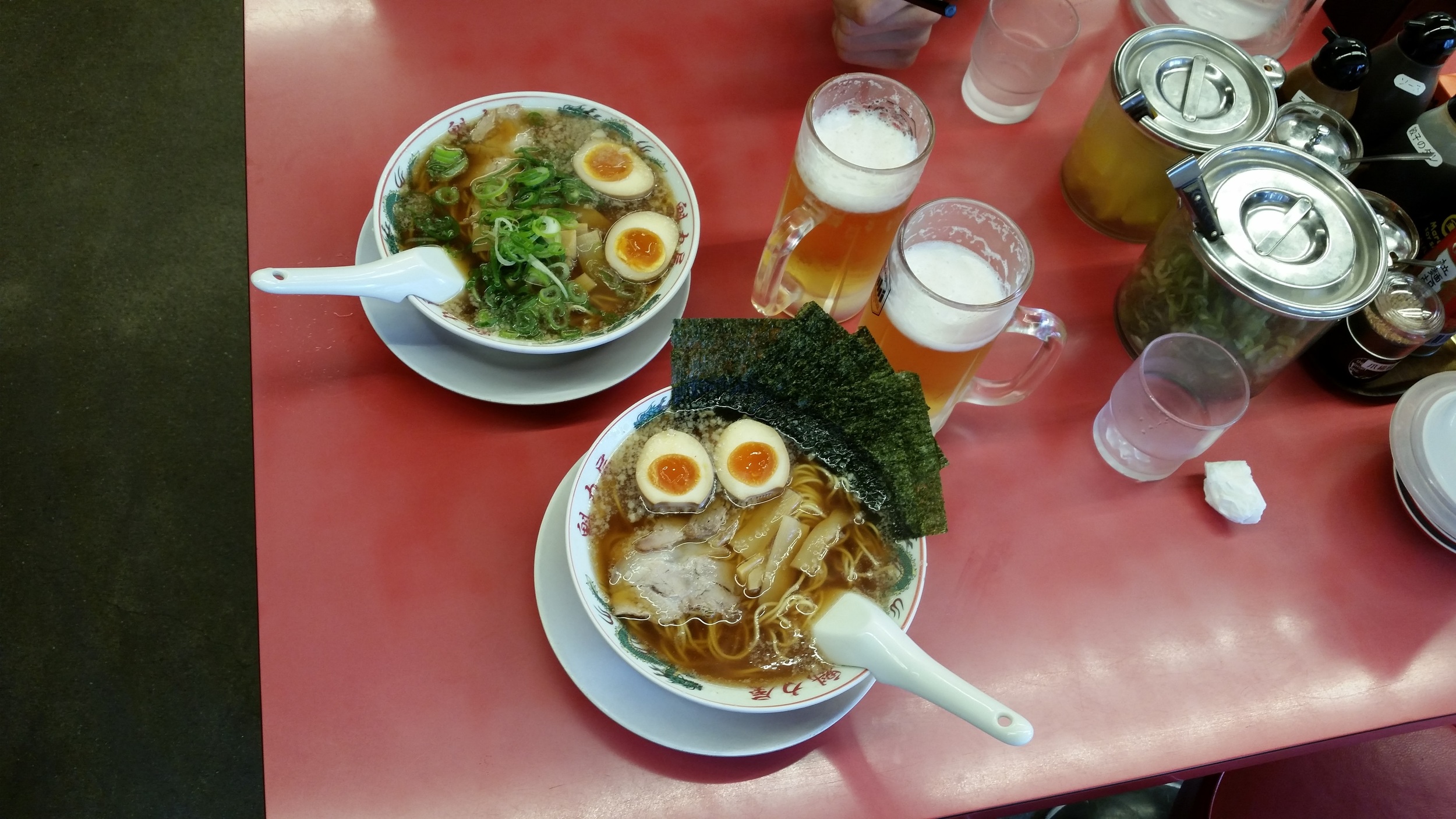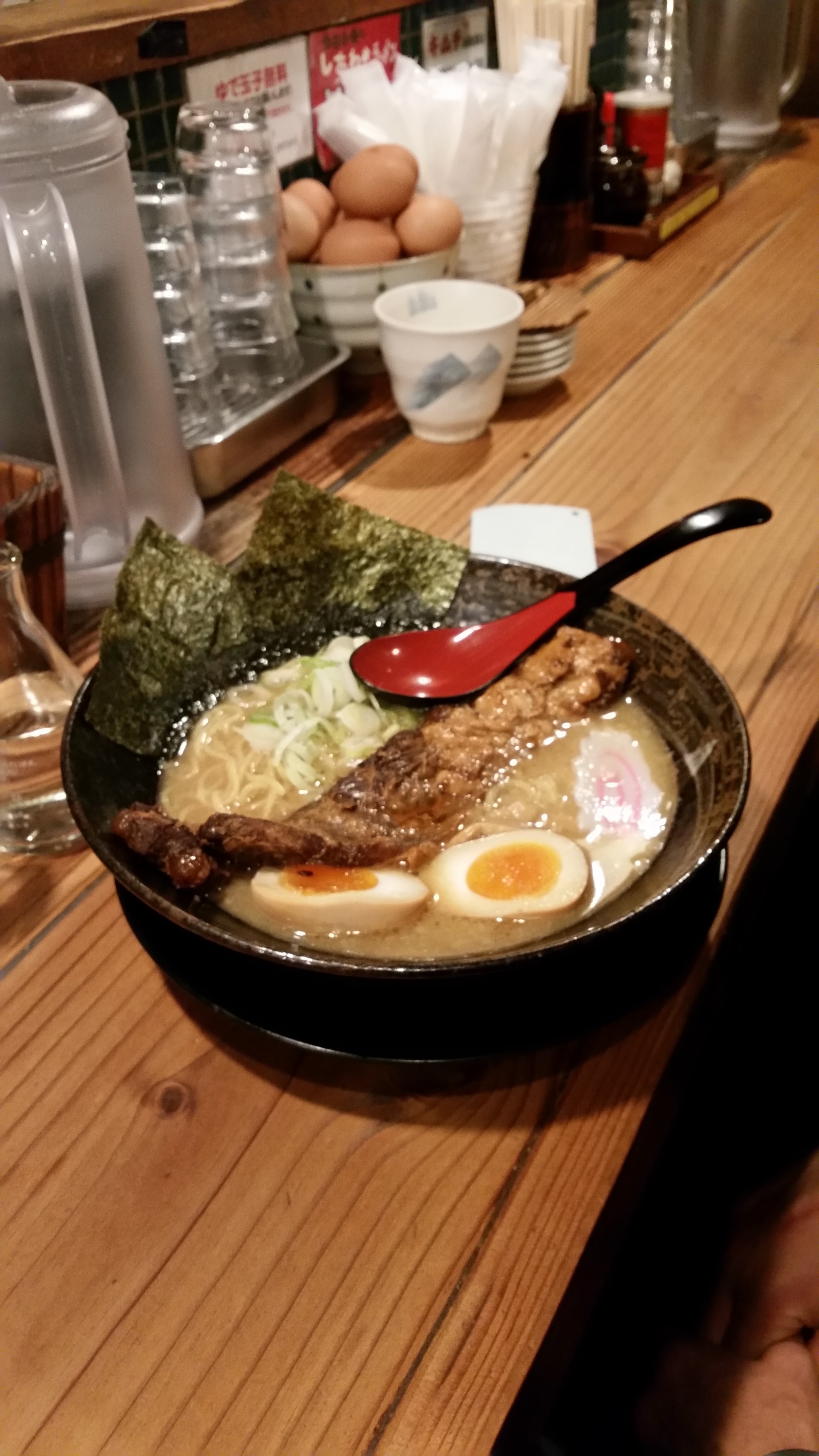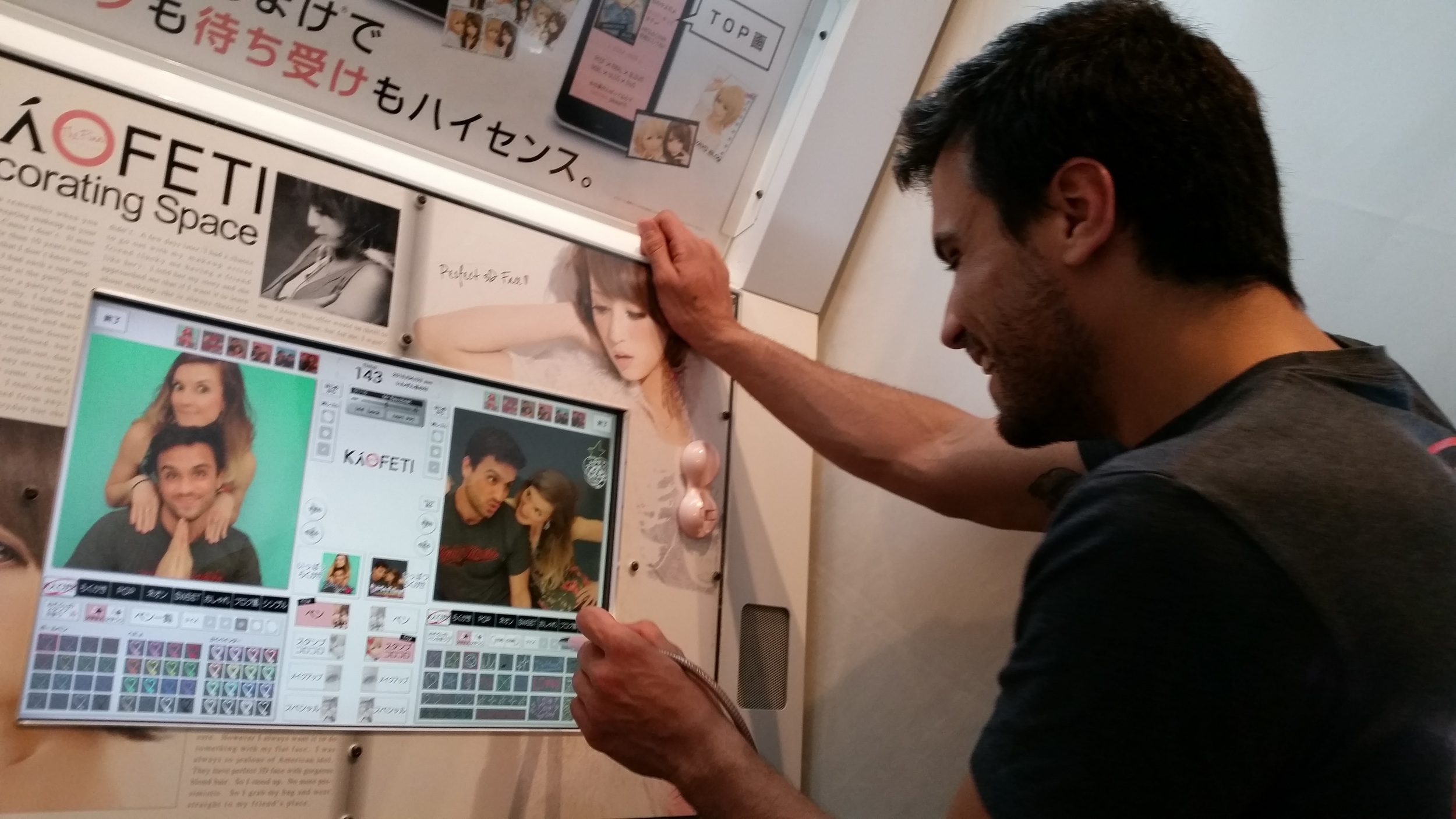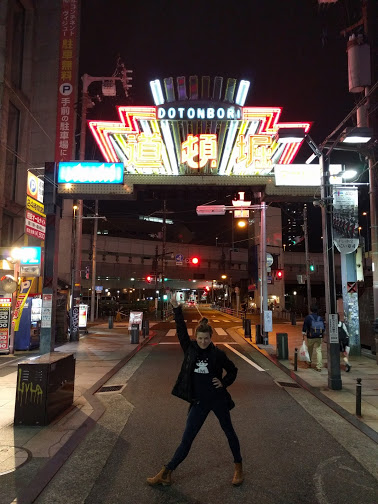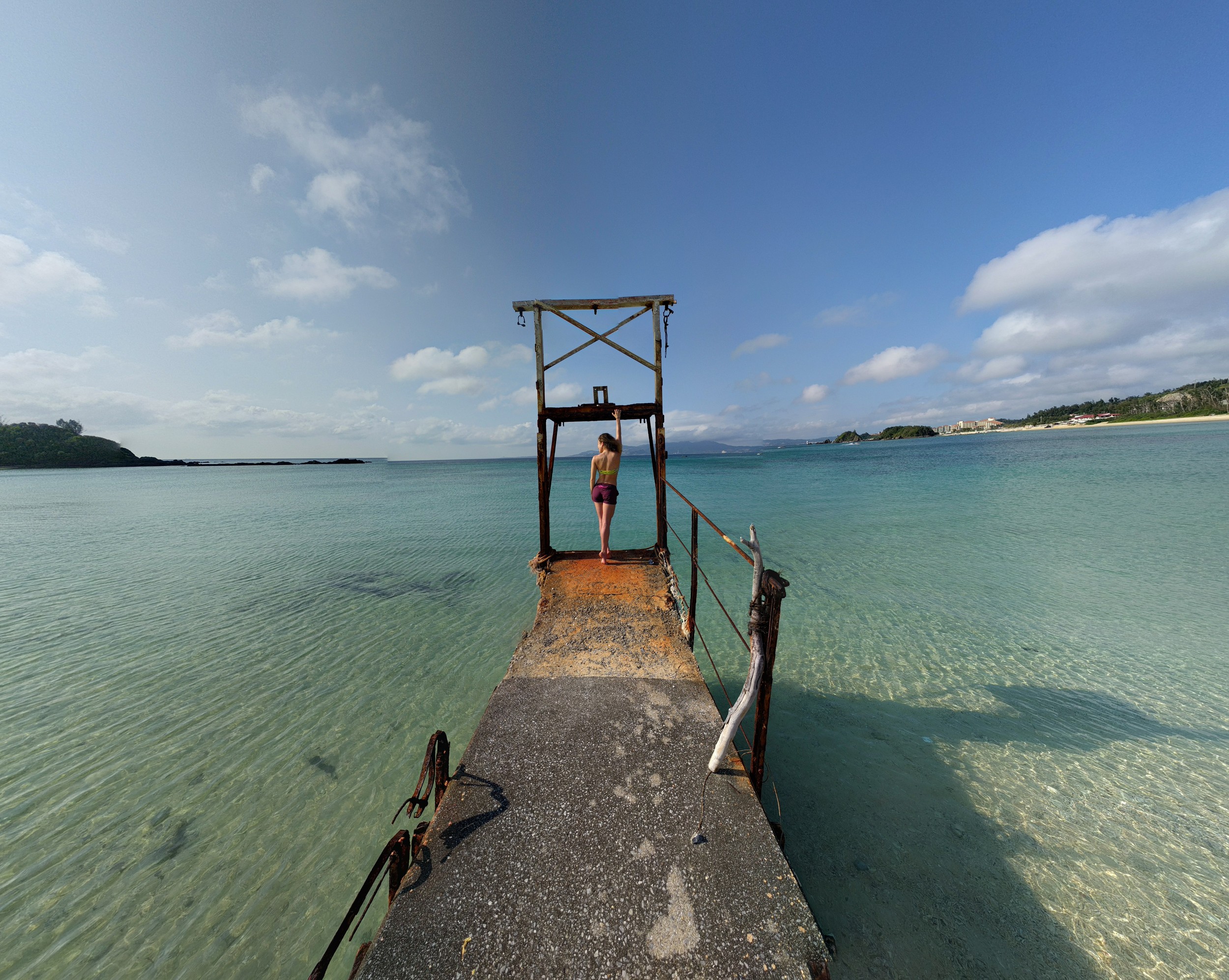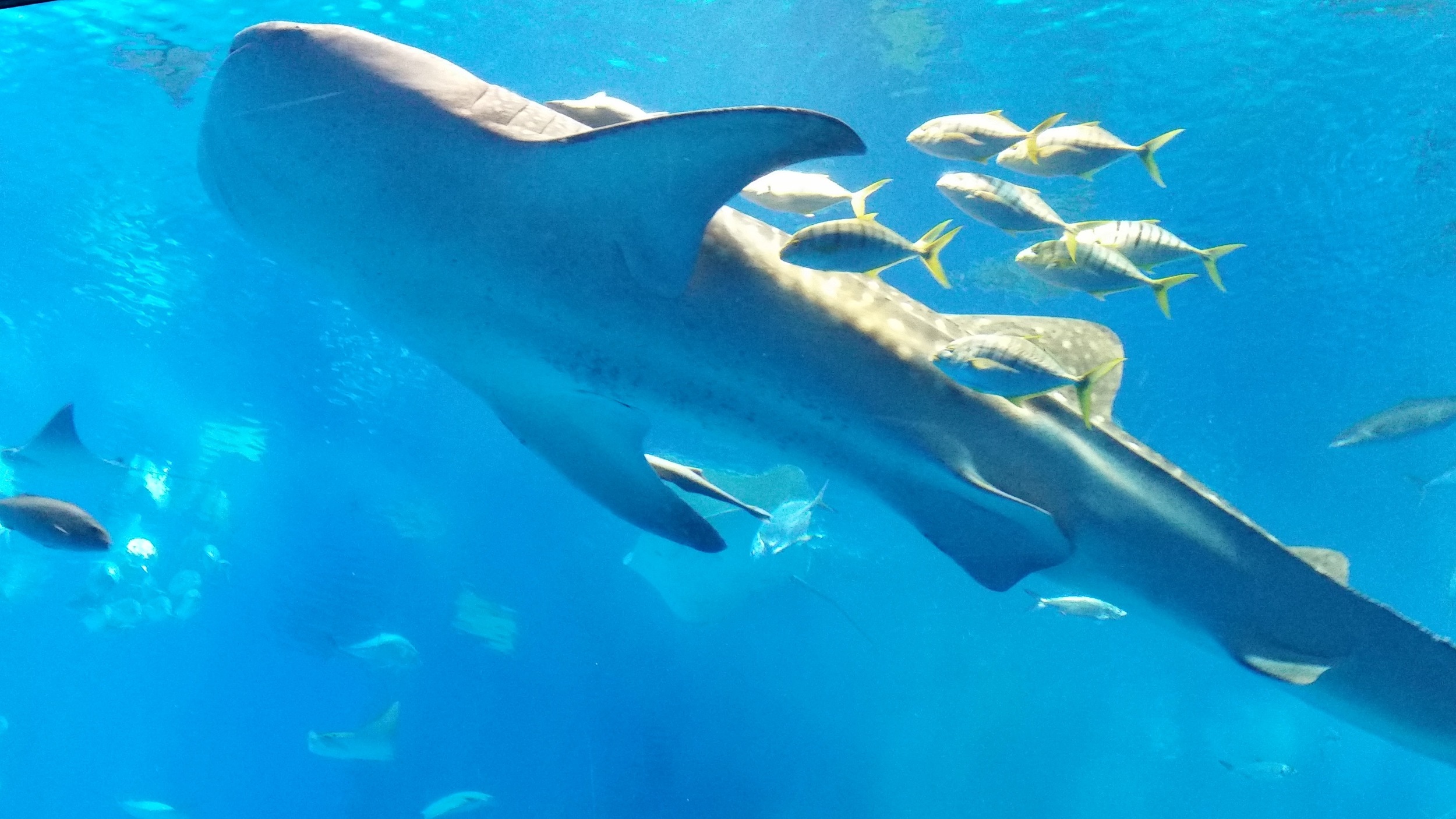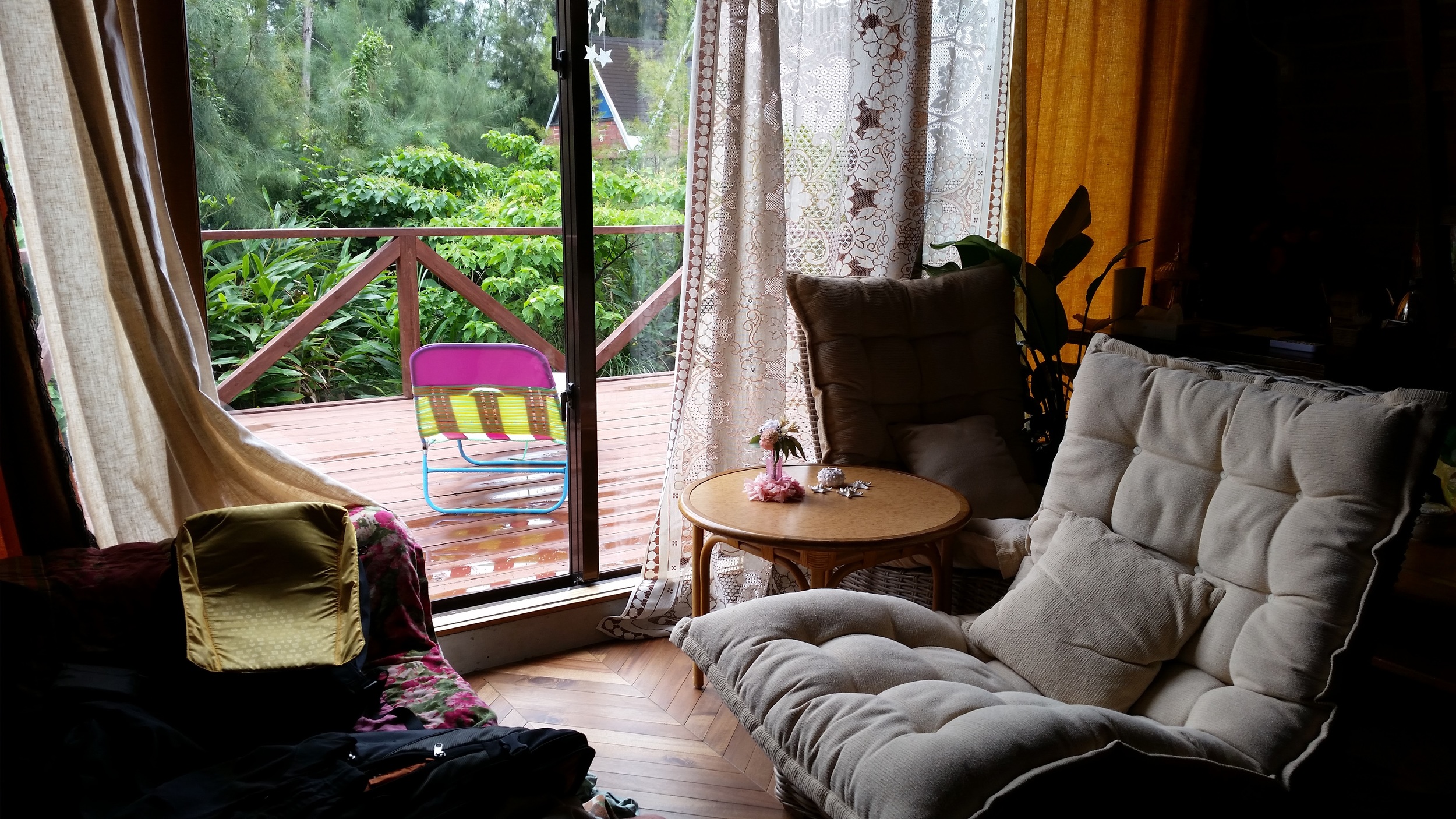5:50am
Gonggggggg
Gonggggggg
Gonggggggg
Gonggggggg
One of my fellow retreatants hits the bell outside the meditation hall as part of his assigned work meditation for the week, waking me out of a light sleep in my twin bed in Karuna. I remember that I woke up belly-laughing in the middle of the night from something in a dream and this causes me to laugh again, though I can no longer remember specifically what was so funny. My roommate (who I can't talk to, of course) must think I'm completely bonkers. I'm too full of joy to mind.
In the dark I collect my toiletries and head to the bathroom down the hall to quickly wash my face and brush my teeth before shuffling through the pre-sunrise cold, misty morning to the first sit of the day.
Insight: I'm excited to meditate(?!)
6:30am
What I think about (or rather, what thoughts arise, some of which I pursue) as I sit in silence, trying to keep my attention focused on the sensations of breath at the tip of my nose: Broad City, whether or not my out-of-office message successfully turned on, the hard-boiled egg (with salt, pepper, and hot sauce) I plan to eat at breakfast, the fact that I should bring more socks, a blow dryer, and my own ground coffee next time, and what I might write a memoir about.
Insight: Things I do NOT think about: alcohol, meat, social media, my cell phone, or my upcoming yoga retreat. (Okay, maybe I think about the retreat for a second.)
7:45am
After breakfast I wander up the path into the hills above our dorms. My first intention is to give traditional walking meditation a go, moving ever-so-slowly and focusing on the feeling of my feet rolling over the earth with each step. But after about six steps it's clear this isn't going to work. I could have forced it to, but it would have been a travesty to subdue the pure bliss bubbling up from the core of my being at the opportunity to go on the first solo nature hike of my life and EXPLORE. After all, my element is there in the beautiful, vibrating surroundings of the trail and it's calling me to come be one with it. I take the Tantric approach and embrace all of my senses. I don't regret it.
I climb into an ocean of fog and inhale eucalyptus. I'm buzzing as I take in all the life and sights around me. The energy in the land is palpable. Whenever I feel the urge to stop before a tree or lizard, I stop. I wonder. I bask. When I emerge from the fog I look around to see a breathtaking kingdom of nature below me, above me, and around me. I continue ascending to the peak and directly into the sun in outright ecstasy, laughing and crying at once, alone but also not alone at all.
At the top of a mountain I close my eyes and breathe, allowing the sun to soak into my skin. I've got nowhere else to be and nothing to do. But soon I feel a presence, so I lift my lids. A giant hawk has landed five feet away from me. We watch each other for a while. I recall Walt Witman's words. "Don't be afraid of the merge."
"Did someone spike my coffee this morning?" I wonder. Or is this kind of bliss always available inside?
Insight: My hiking experience reinforces that nondual Tantra is the path for me. I don't want to renounce my senses, for THROUGH my senses (just as well as through withdrawing them), I experience the Divine. It's everywhere. All we have to do is pay attention.
8:45am
The second sit of the day is an hour long. After about 20-25 minutes every time I sit, without exception, my right outer hip area starts to scream a song of hot, hot heat. I try to tough it out for a few minutes, but eventually it's so distracting I stop reaping the benefits of meditation. So I transition to a hero's pose (kneeling), still seated on my two zafus. No big deal.
This week I've introduced so much more compassion for myself in my meditation. When I want to check if it's a spider or a hair tickling my neck, I go ahead and check. It finally dawns on me that a little movement during my sits won't prevent my Awakening.
Insight: I've been too rigid with my practice for too long. Especially for a recovering uber Type A, an unforgiving, rule-obsessed approach to practice doesn't serve as much as a tender, merciful one does.
3:00pm
I practice yoga in my room. This isn't my usual home practice flow. This is 5X slower, with way fewer warriors and way more hip openers. I don't do a single chaturanga. I practice with my next sit in mind.
Insight: I'm practicing yoga the way it was originally meant to be practiced: as a preparation for lots of sitting. It feels amazing.
4:30pm
We reconvene in the meditation hall to listen to the daily dharma talk, which is led by a different teacher each day of the retreat. Today's theme is how mindfulness and creativity are connected.
At the end of the wise, wonderful teaching, an old man from the painting group asks about why creativity seems to come in bursts, even for great artists. "How can we sustain creativity?" he asks.
One of the teachers responds beautifully, likening creativity to a peach tree. We want to make a peach pie, so we're always waiting for ripe peaches, she says. But peaches ripen according to a process. And every aspect of the growth of the tree is just as important to the peach pie as the moment the peaches are ripe for picking. Creativity is a practice, just like yoga, just like meditation, just like enlightenment itself.
Insight: Awakening is an accident, and meditation makes us more accident-prone. Similarly, a creative bust is an accident, and mindfulness makes us more accident-prone.
5:50pm
"The difference between a flower and a weed is a judgement."
I smile at this quote on my teabag tag as I nurse a mug of echinacea. I've just finished eating a bowl of warm potato leek soup one sip at a time, eyes closed between spoonfuls in order to better savor all the flavors and textures and in gratitude for the food itself and those who prepared it. This is how we eat here, and I love it.
I glance up at the clock and realize it's time to gulp down the rest of my tea. Because I ate dinner at such a leisurely pace I don't have much time left before I need to go back into the kitchen to start my daily work meditation shift as a dishwasher. All day, I've secretly been looking forward to this moment.
There's something so satisfying about getting my hands dirty after all this time "just being." I enjoy my role of soaking and spraying down dishes, then passing them into the powerful speed dish washer. Also, this is my time to bond with my fellow shift-worker, Carolyn. It's the first time she's ever lived alone, she tells me today. I wonder if her partner has recently died, but I don't ask.
Insight: There is bliss in simplicity. And if I may go one step further, simplicity is bliss.
7:00pm
The second creativity breakout session of the day begins. (The first was before the dharma talk.) I'm in the writer's group. The other option was painting (which I might try next time). Thus far on the retreat I've written an ode to Shakti, several haikus, and many stream-of-consciousness recollected memories from youth. I've also free-written on many themes, including:
- "The Song of Myself is the song of _____." (I filled in the blank with "the color orange.")
- "A time I was lost" (inspired my an excerpt from Cheryl Stayed's Wild)
- "That autumn night..."
Tonight our teacher kicks us off on a free write with the prompt "What will I miss when I die?" The only rule is to keep the pen moving. After about five minutes his duck alarm quacks. Time's up. He opens the floor for sharing, and it quickly becomes clear that the prompt was a triggering one for our group comprised mostly of Buddhists.
"I won't miss anything when I die," someone says. "I'll be dead." Five more people agree.
Then one woman who has been grieving the death of her mother raises her hand. In tears she talks about how difficult the prompt was for her because of her fresh loss. But then she notes that recalling details about her mother as she wrote almost brought her mother back to life for a moment. "I realize that's both the pain and the pleasure of memory," she says, smiling through the tears. "And that's the pain and pleasure of writing."
Insight: When we write from a place of truth we write with one foot in samsara and one in the stream of the Divine. Details make the writing powerful. We should notice the images, thoughts, and emotions they evoke, but we don't need to get attached to these.
10:00pm
I get ready for bed after the 9pm evening group sit, the last sit of the day. Before I turn off the light on my nightstand and do my pre-sleep dream yoga, I jot down a few more insights:
- Anyone who cultivates mindfulness and openness can tap into mind-blowing divine creativity.
- Meditation isn't boring and practicing it doesn't make one boring. Quite the opposite, it seems.
- Life makes sense, even if we'll never see or understand all its ruling principles.
- Who needs Burning Man when such deep connection, ecstasy, and transformation can be found in a week of renunciation and simplicity? Yes, I think I foresee a three-month silent retreat in my future.
When I think back to my very first meditation retreat, I'll think of tissues, knobby hands, yellow gloves, mugs, vinegar spray, socks, shawls, fog, bees, and wild mindful turkeys like aging pharaohs. I'll think with tenderness of my dishwashing partner and the many times I saw her sitting on a bench alone, baking in the sun and basking in the moonlight. I'll think of the beautiful humans I danced with in silence on the last night of the retreat and the hug I shared with a friend whose voice I'd yet to hear and name yet to know. I'll think of Anna's words: "Things come to you as a child, and there's no way to say 'No thank you.'" I'll see bubbles of disappearance and laugh at the memory of waking up to my own laughter. But mostly I'll think of the boundless love that I felt and that I intend to make it my practice to offer more of, more often.




















